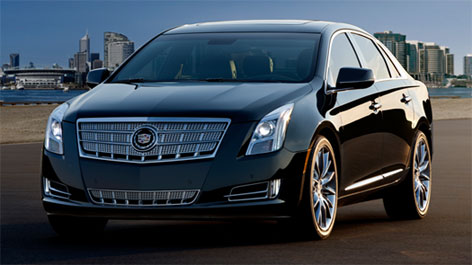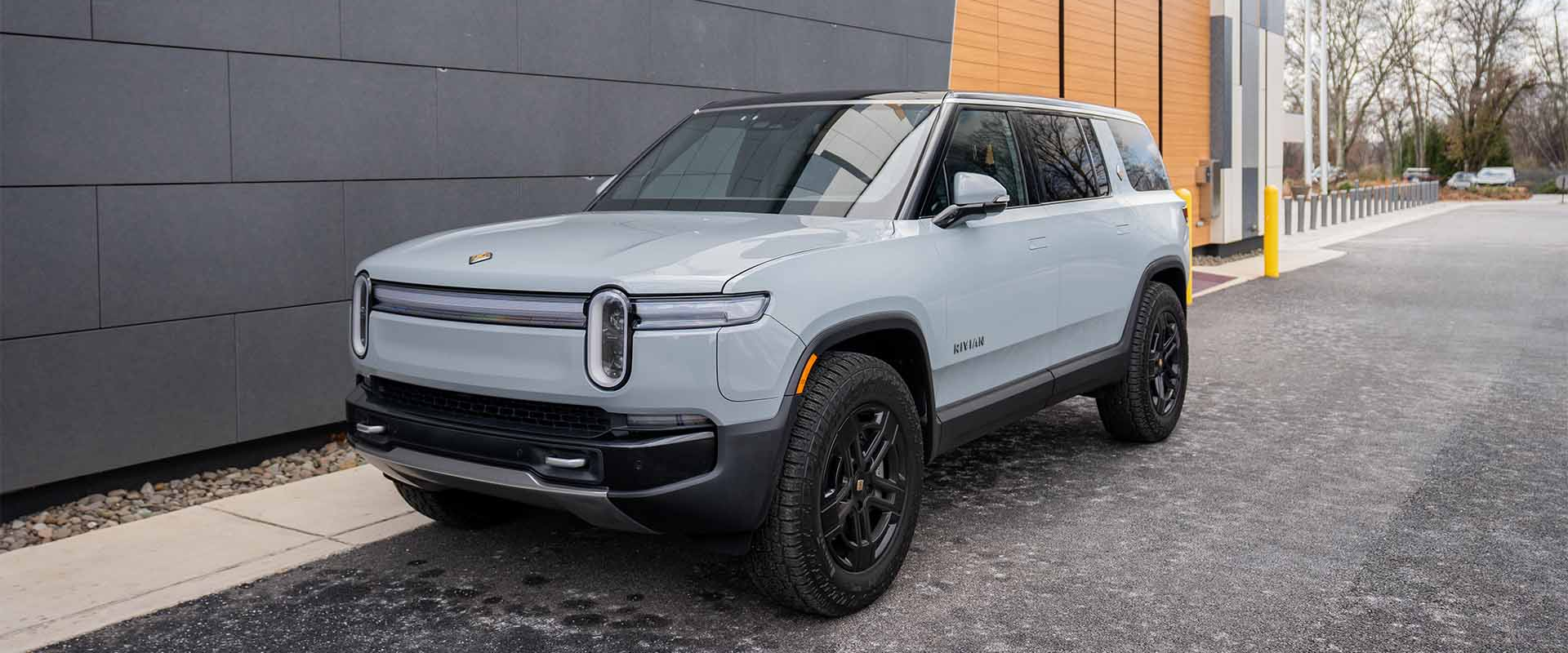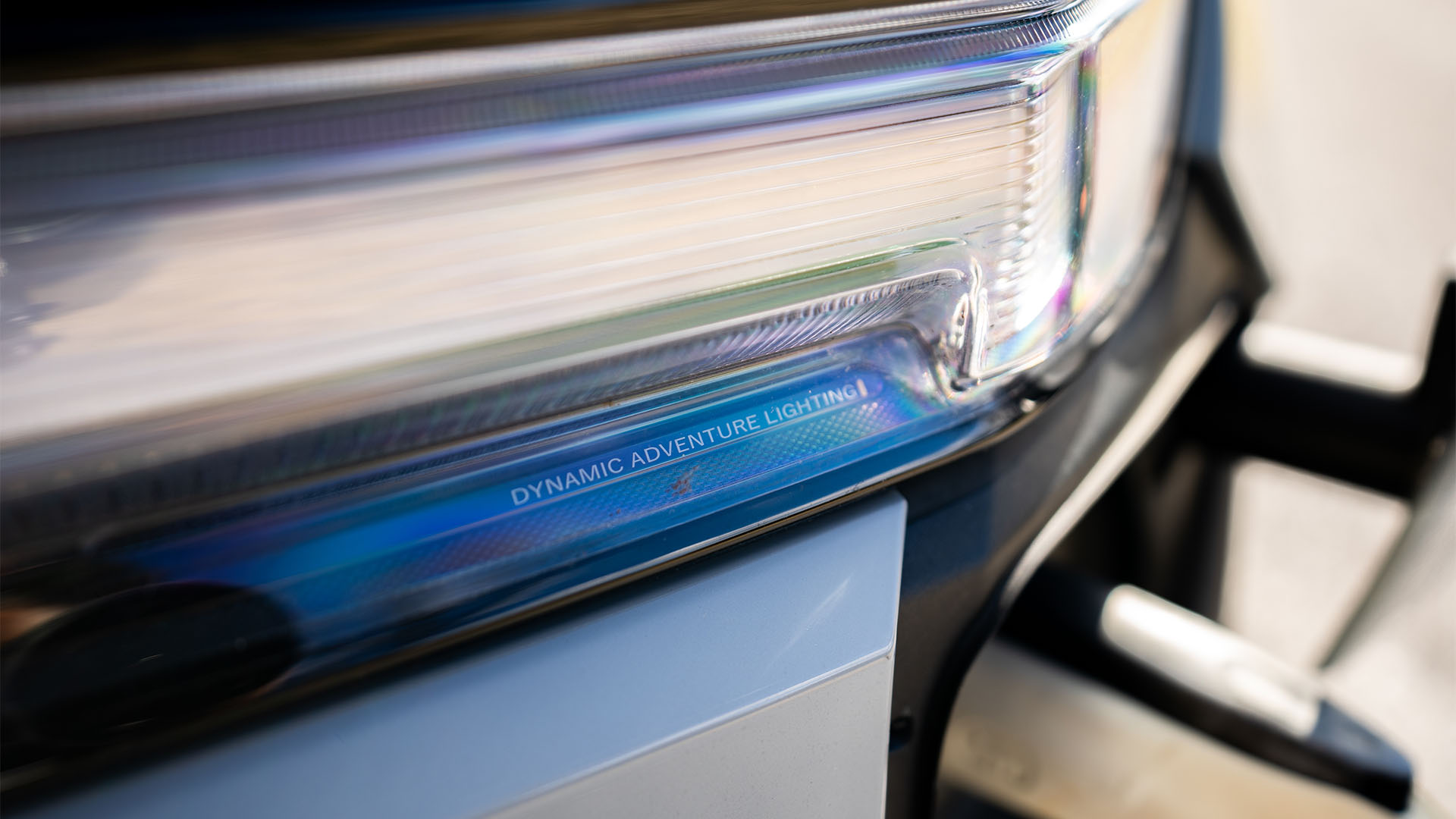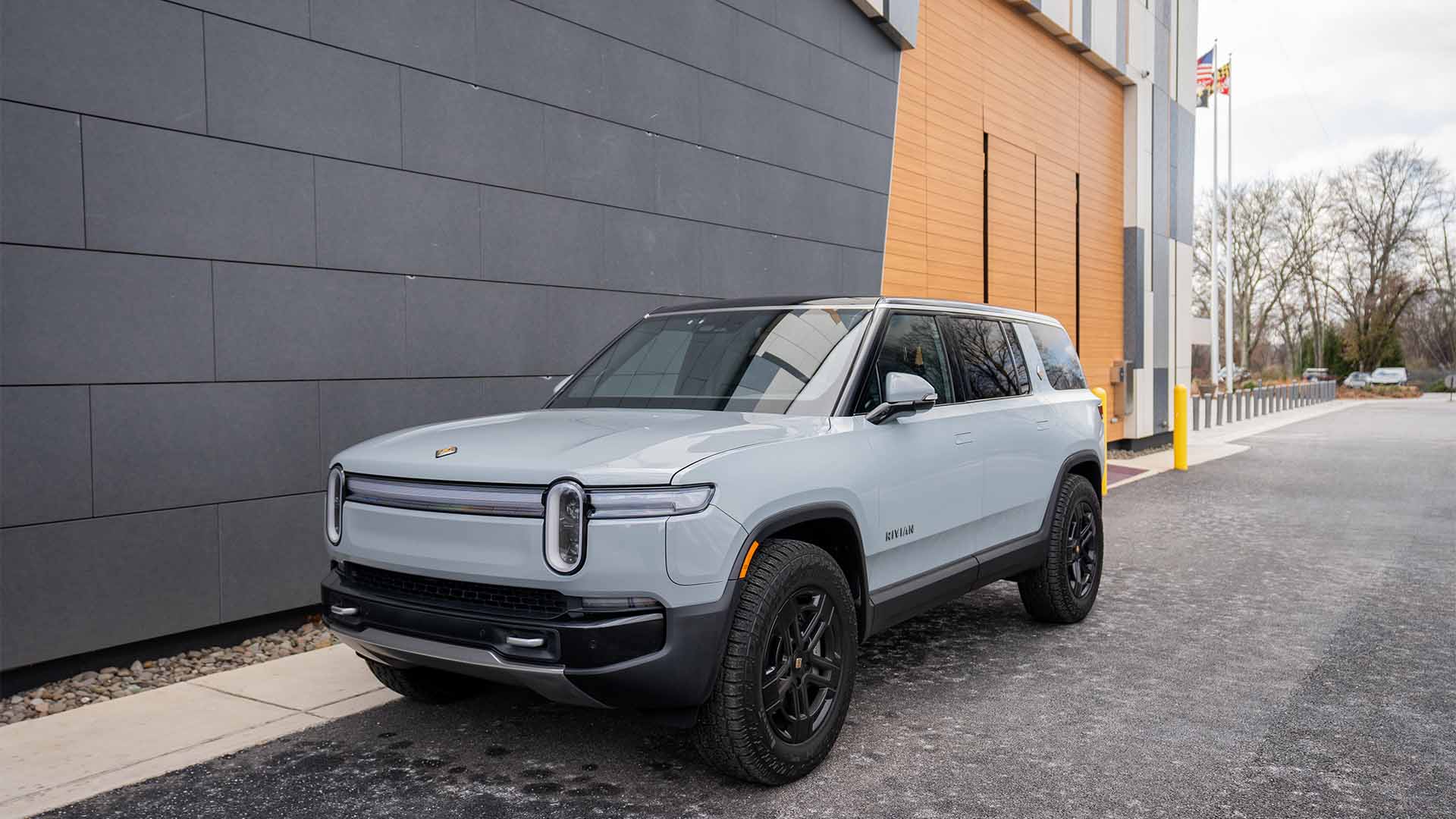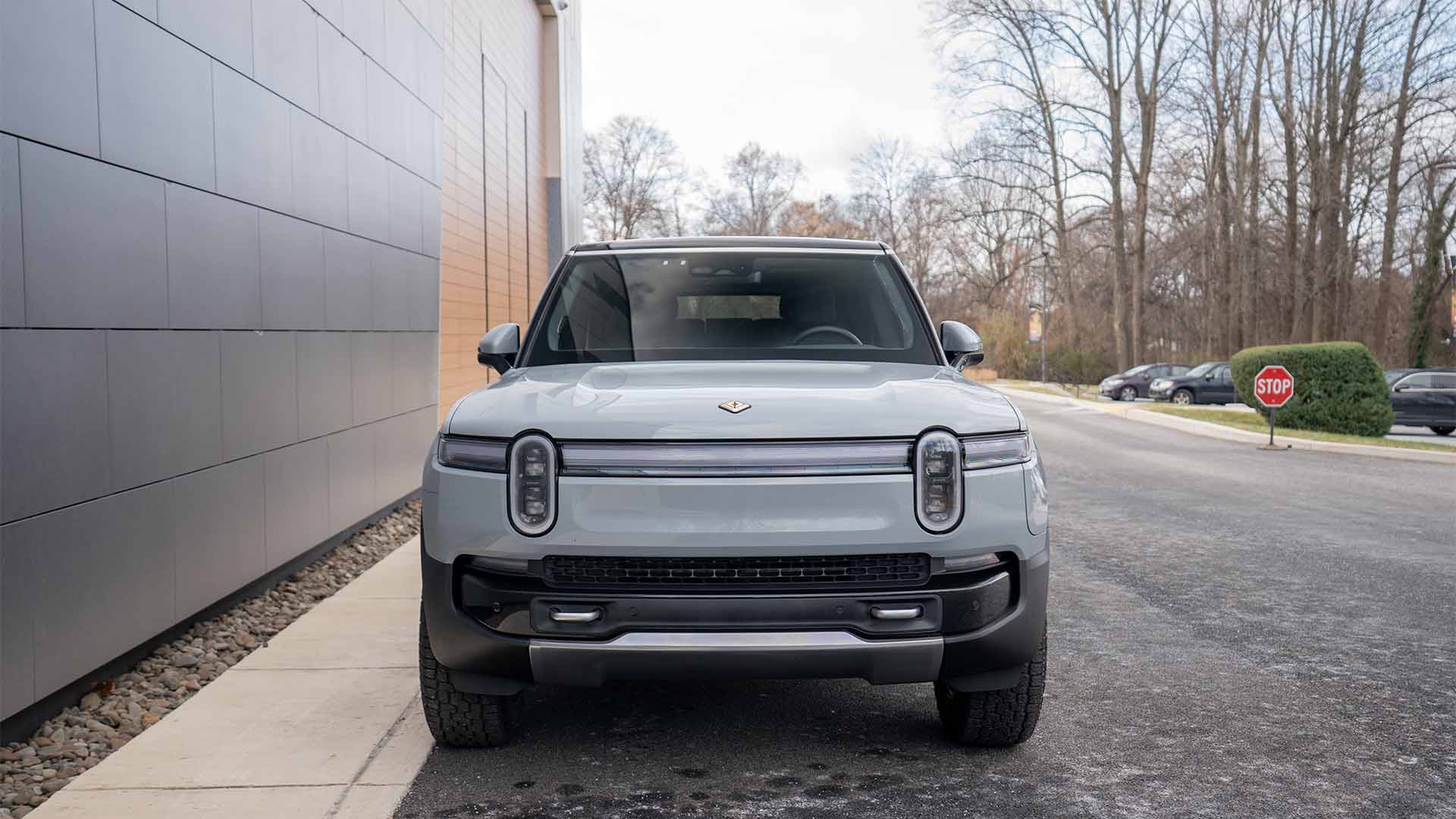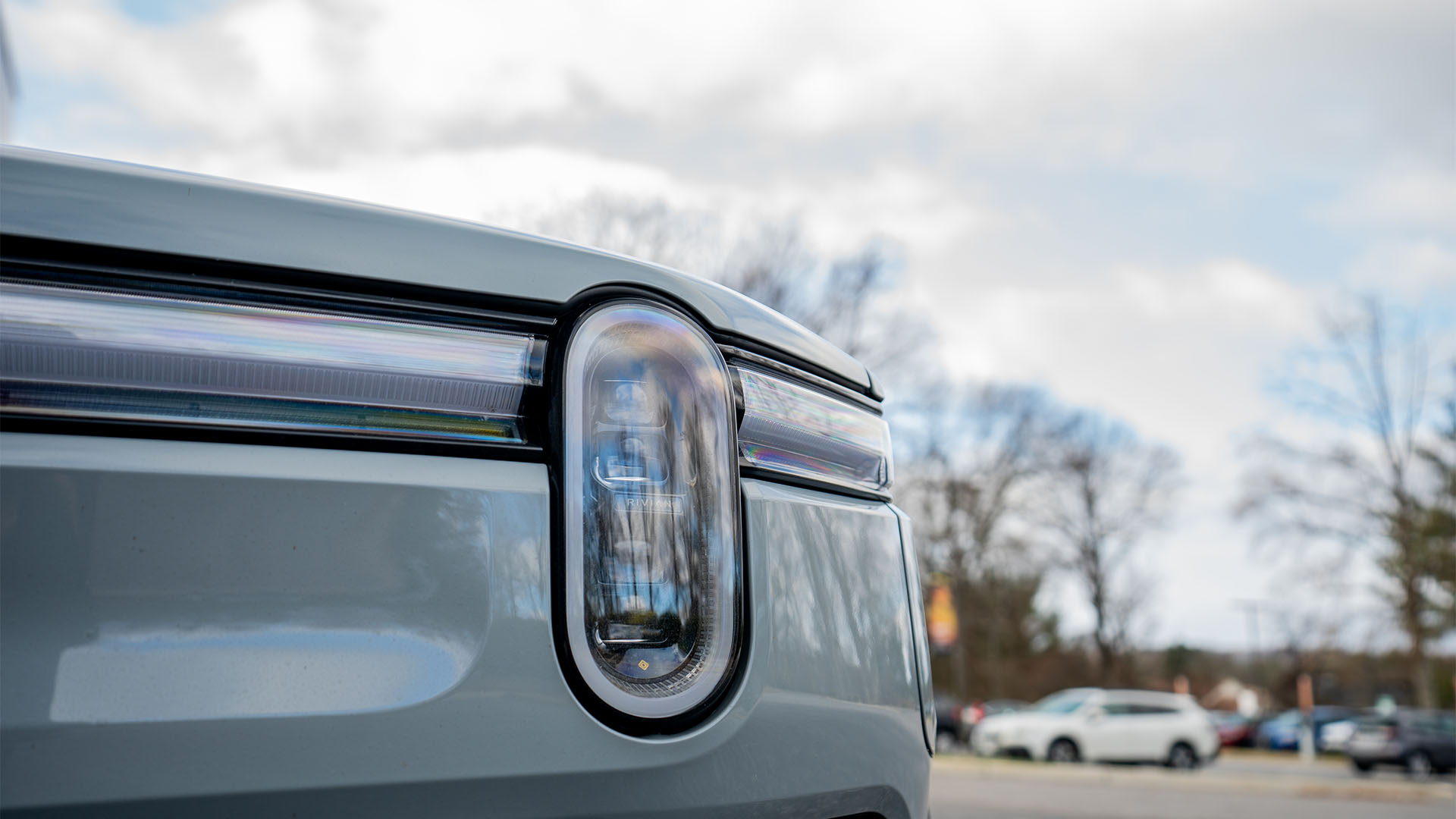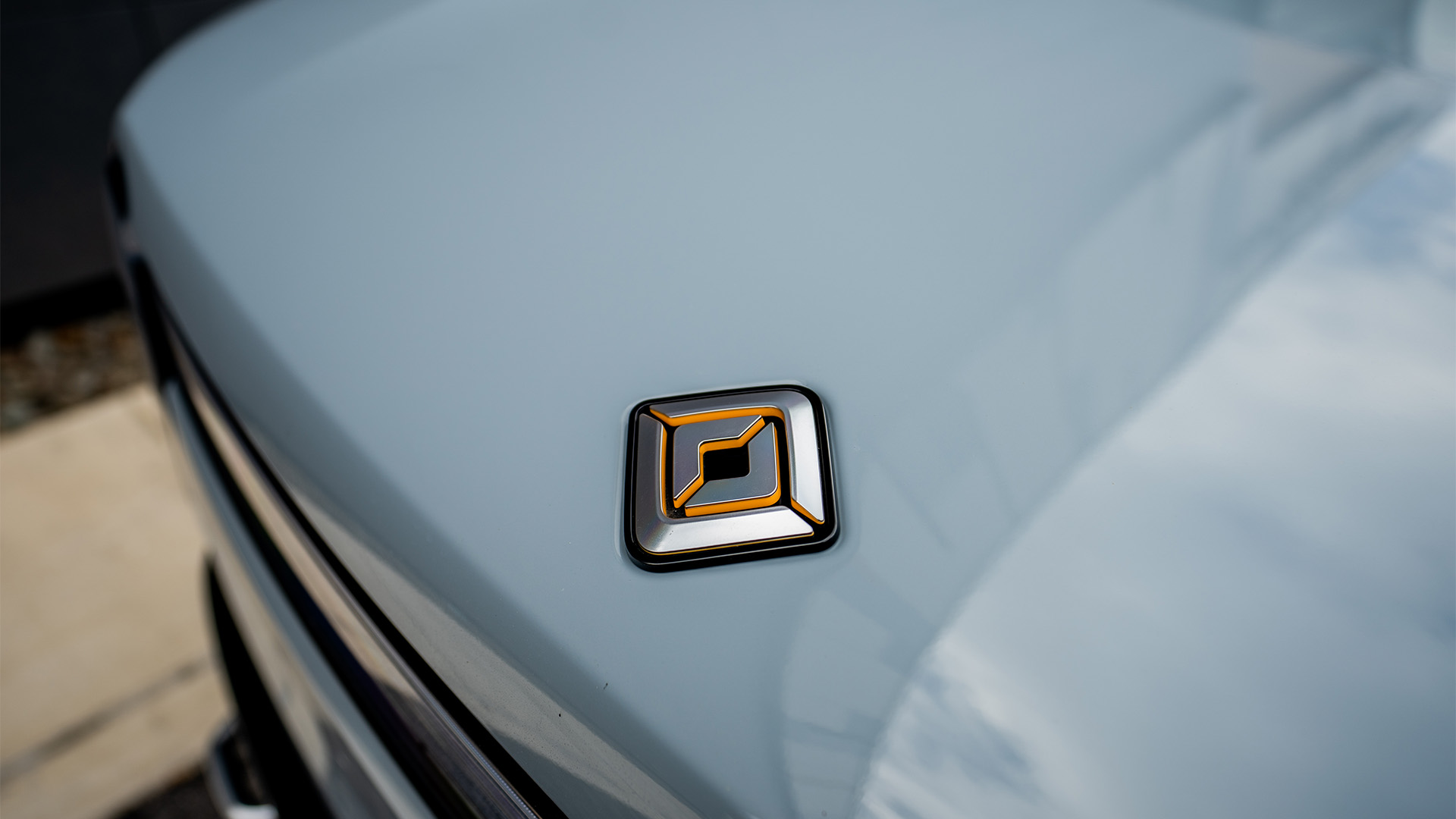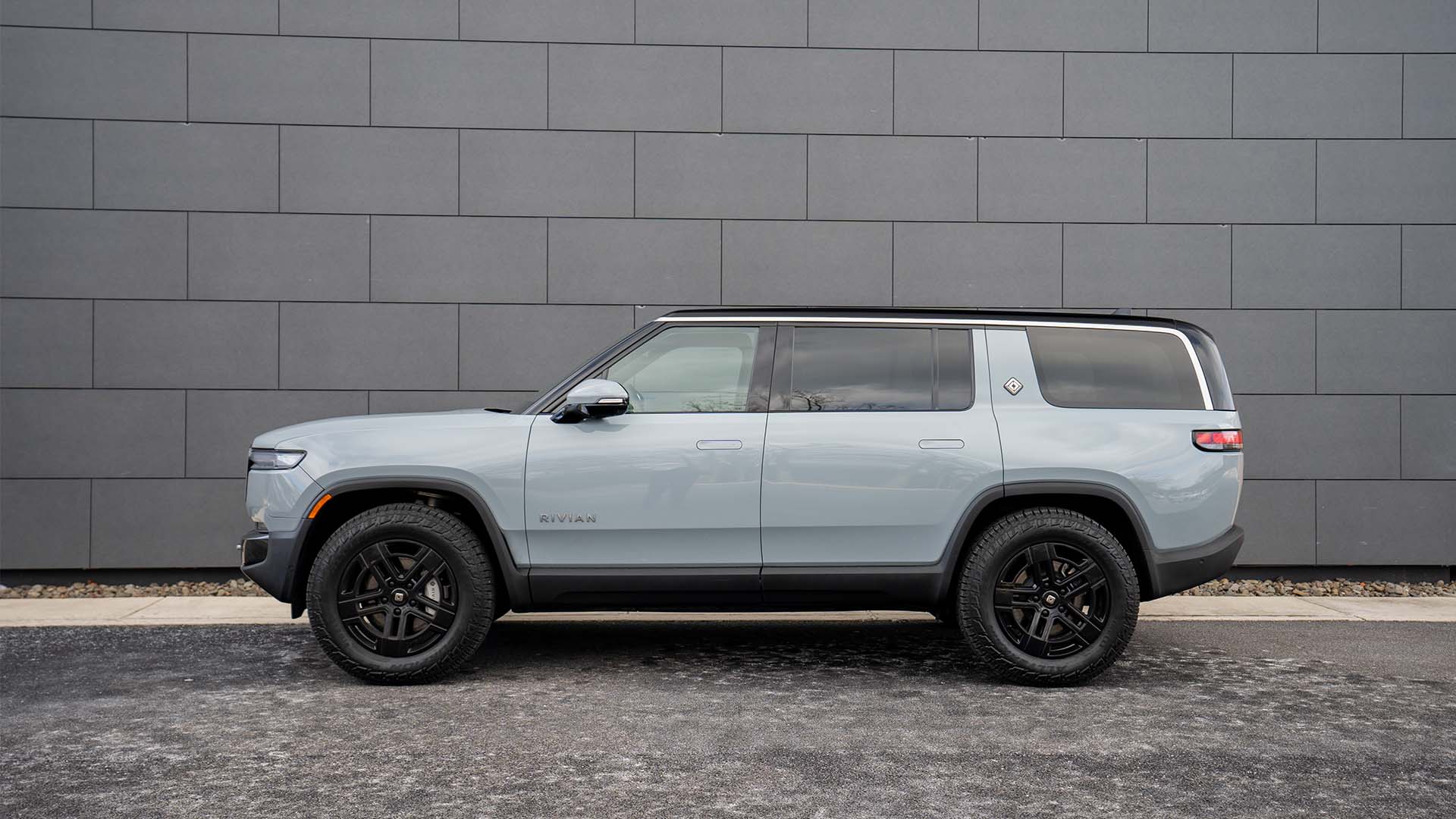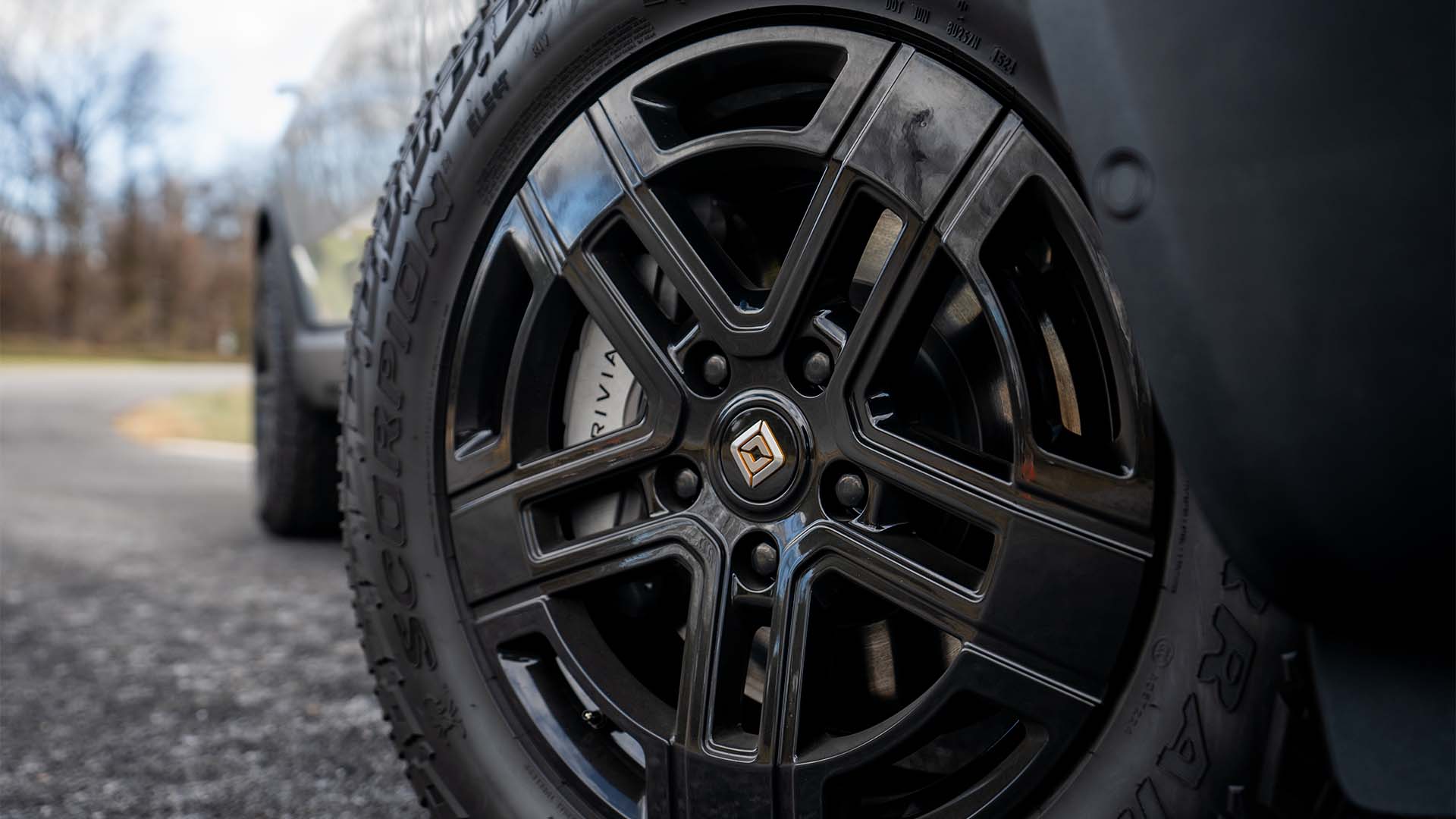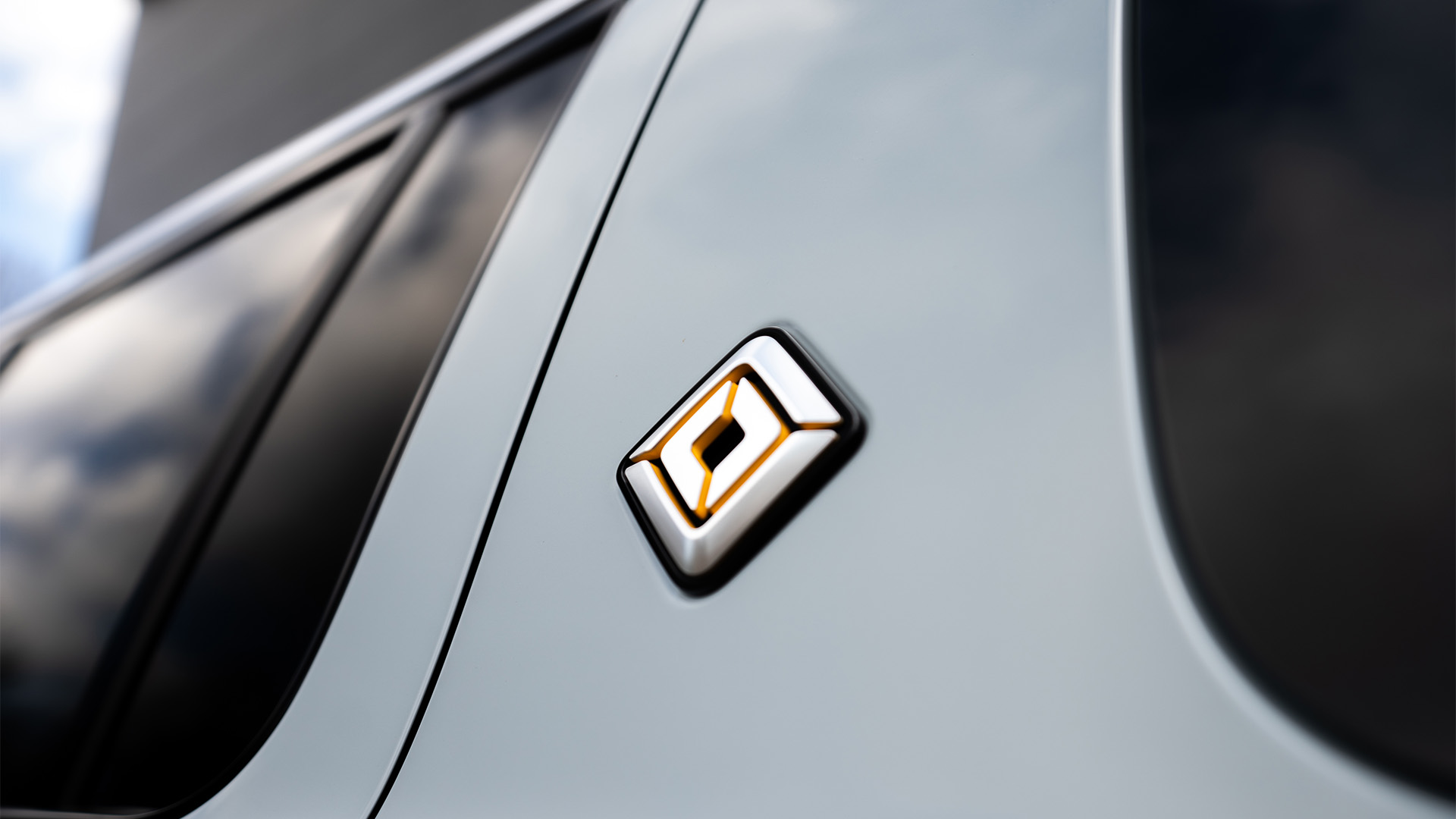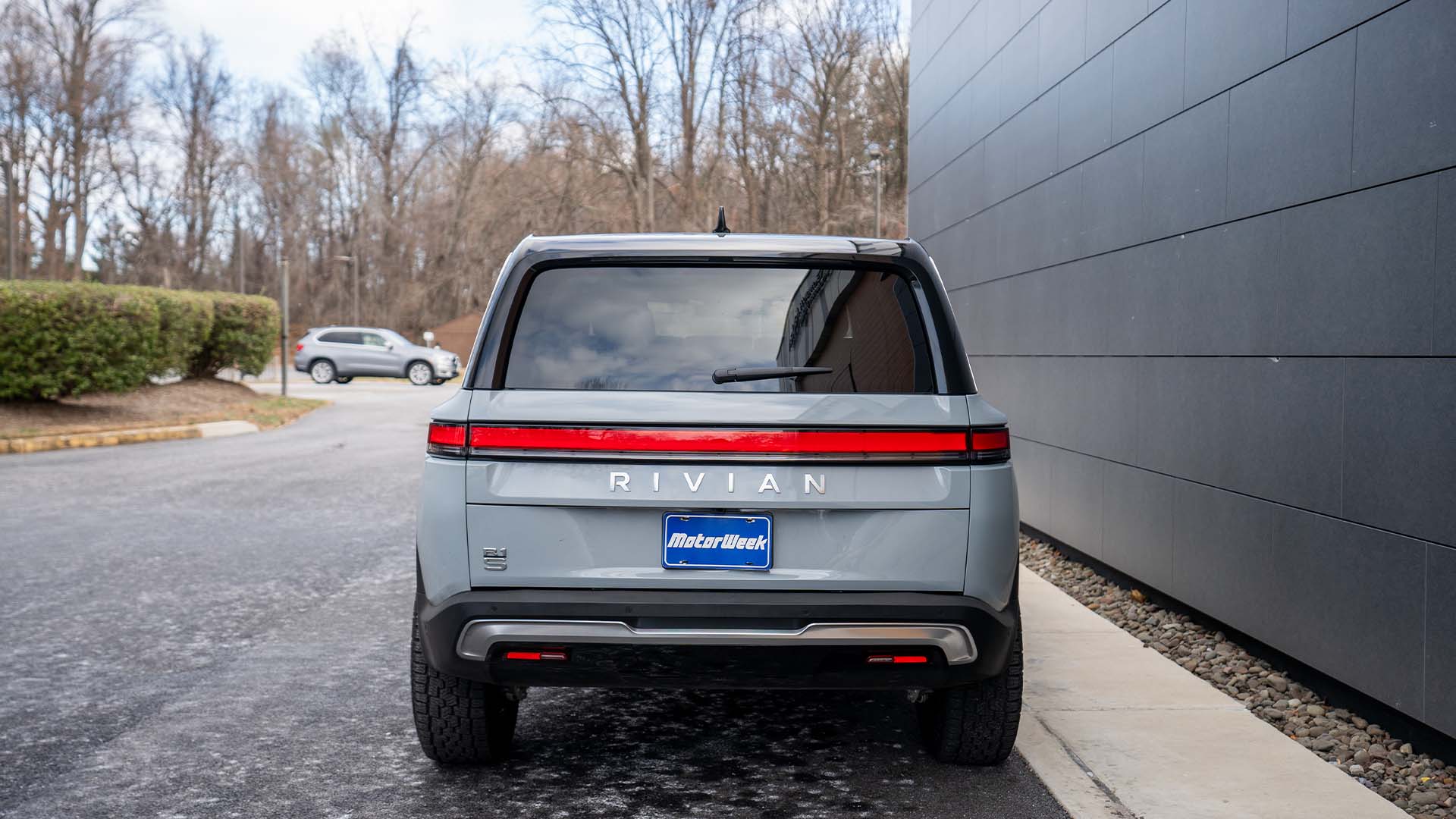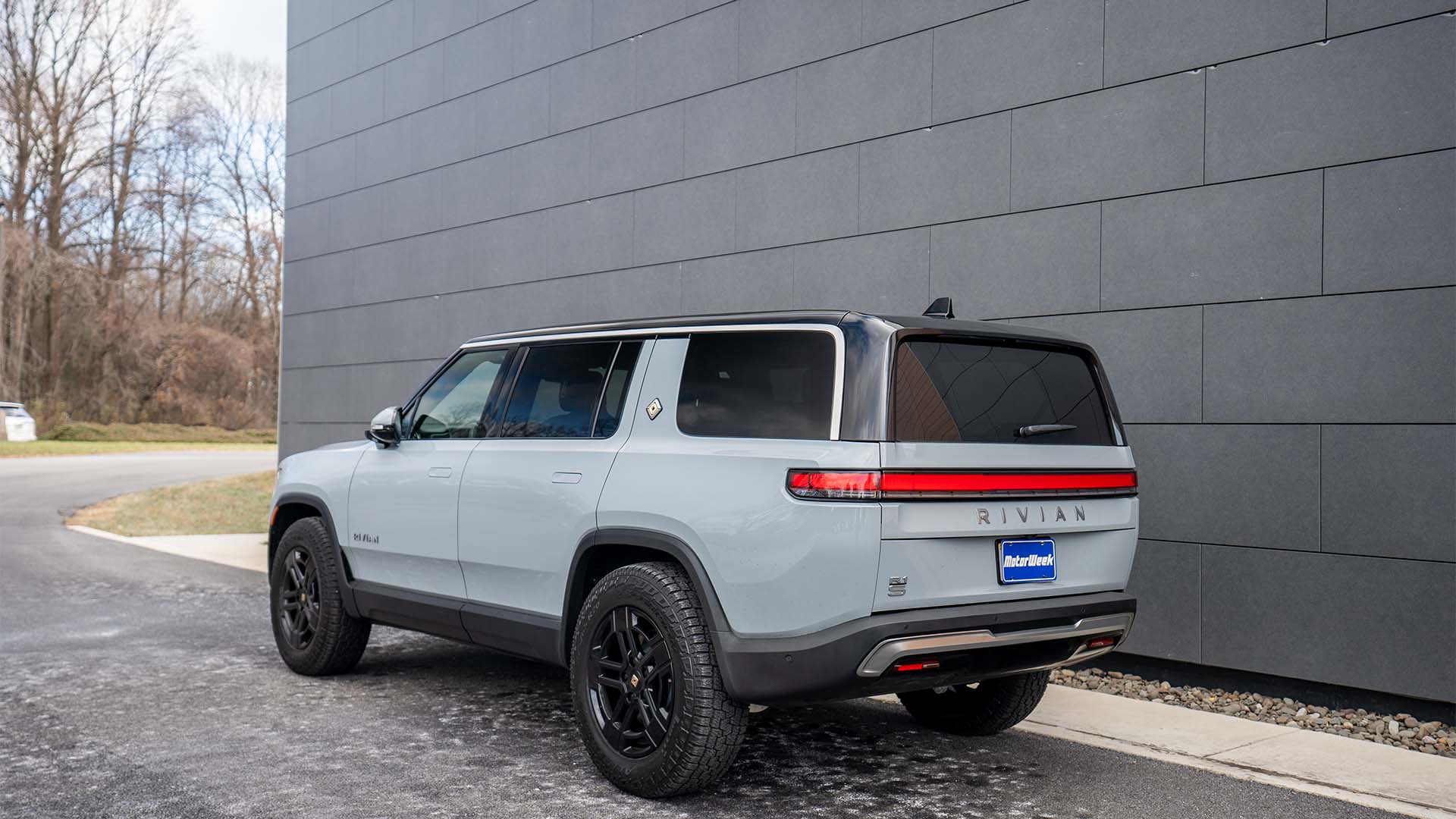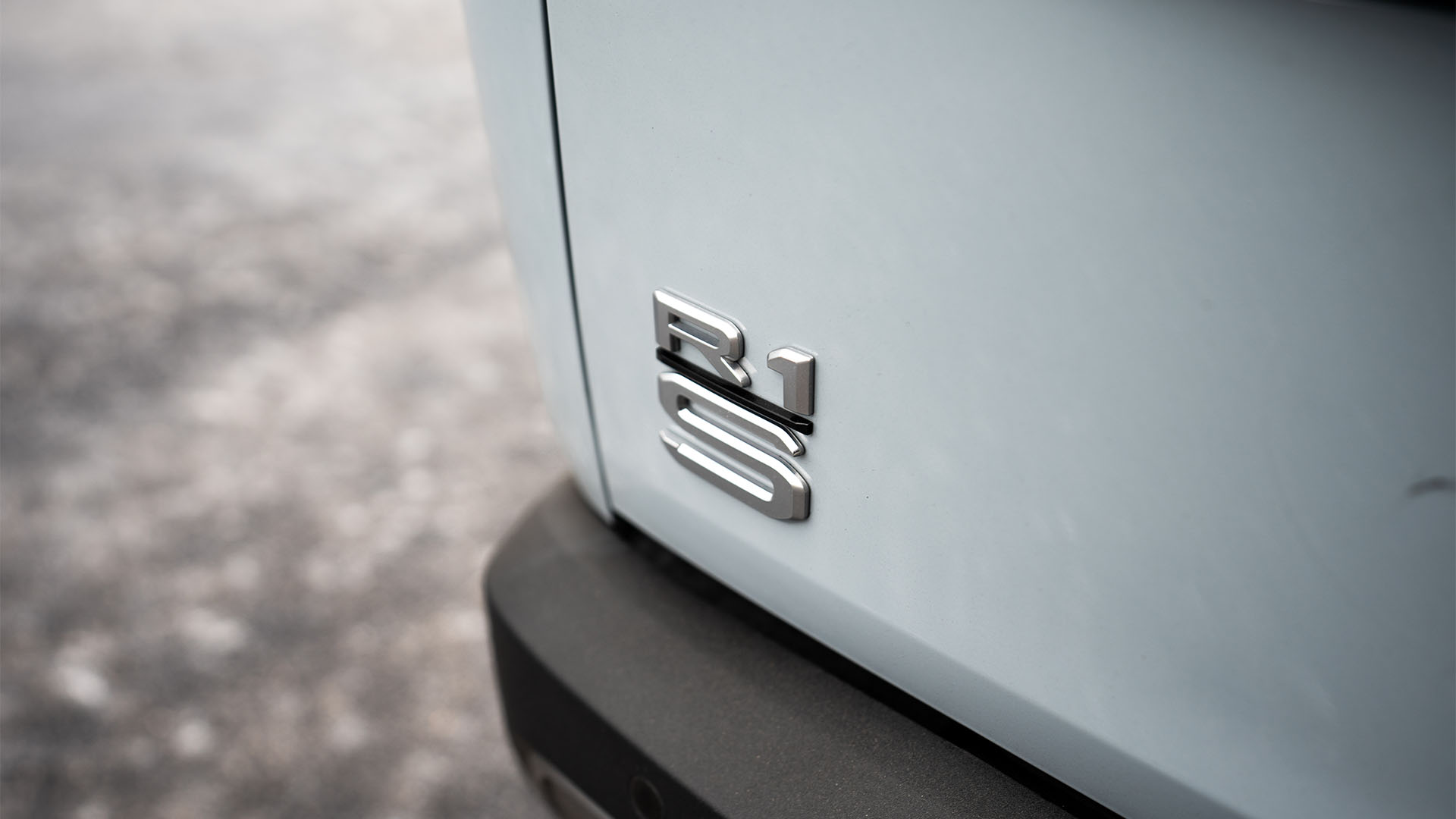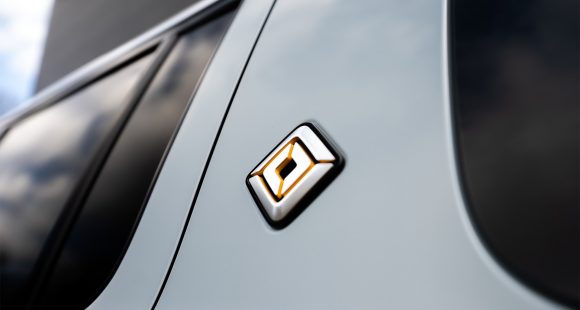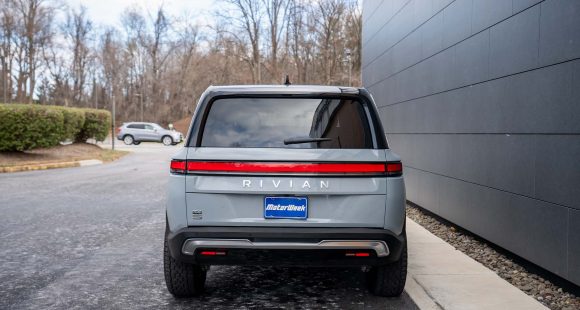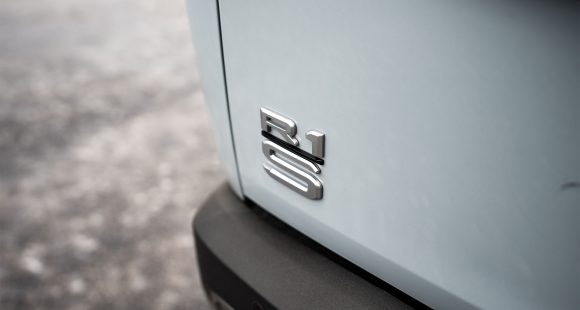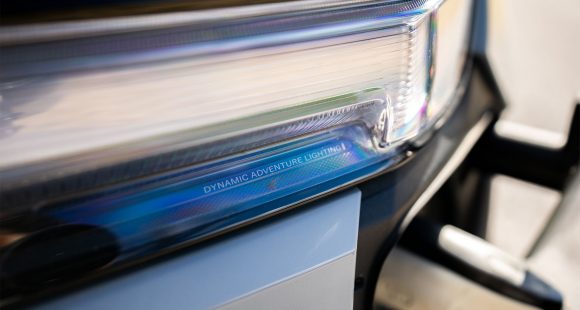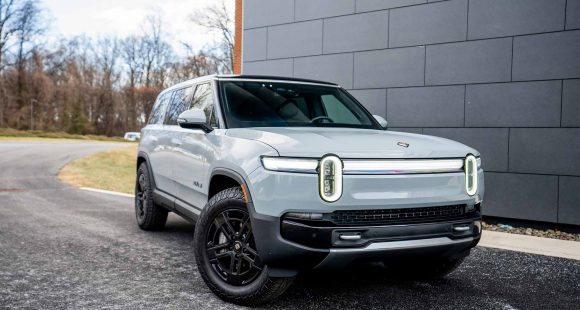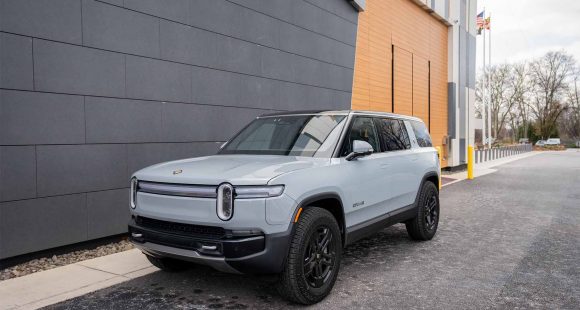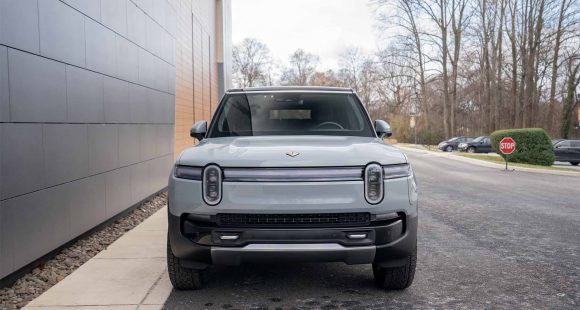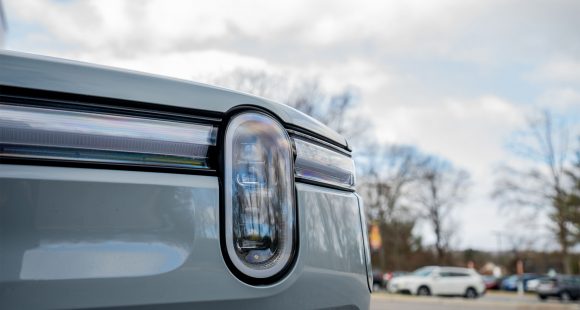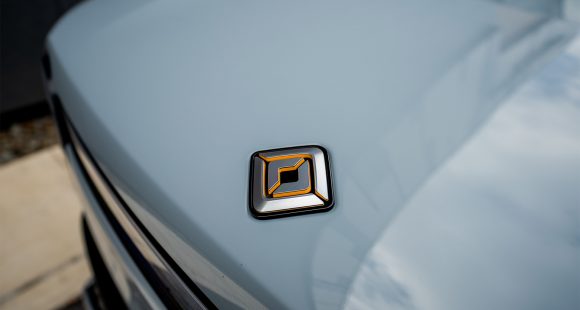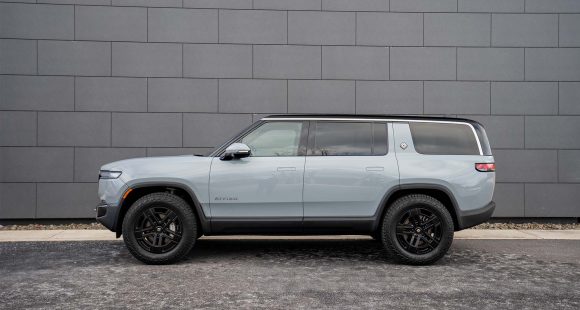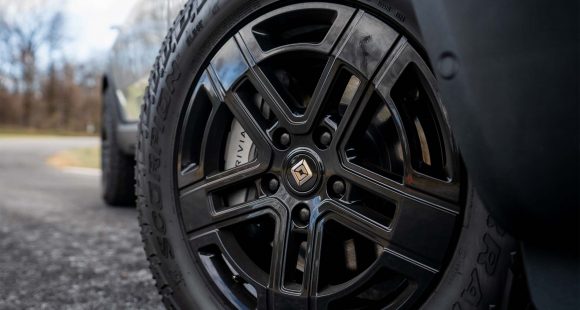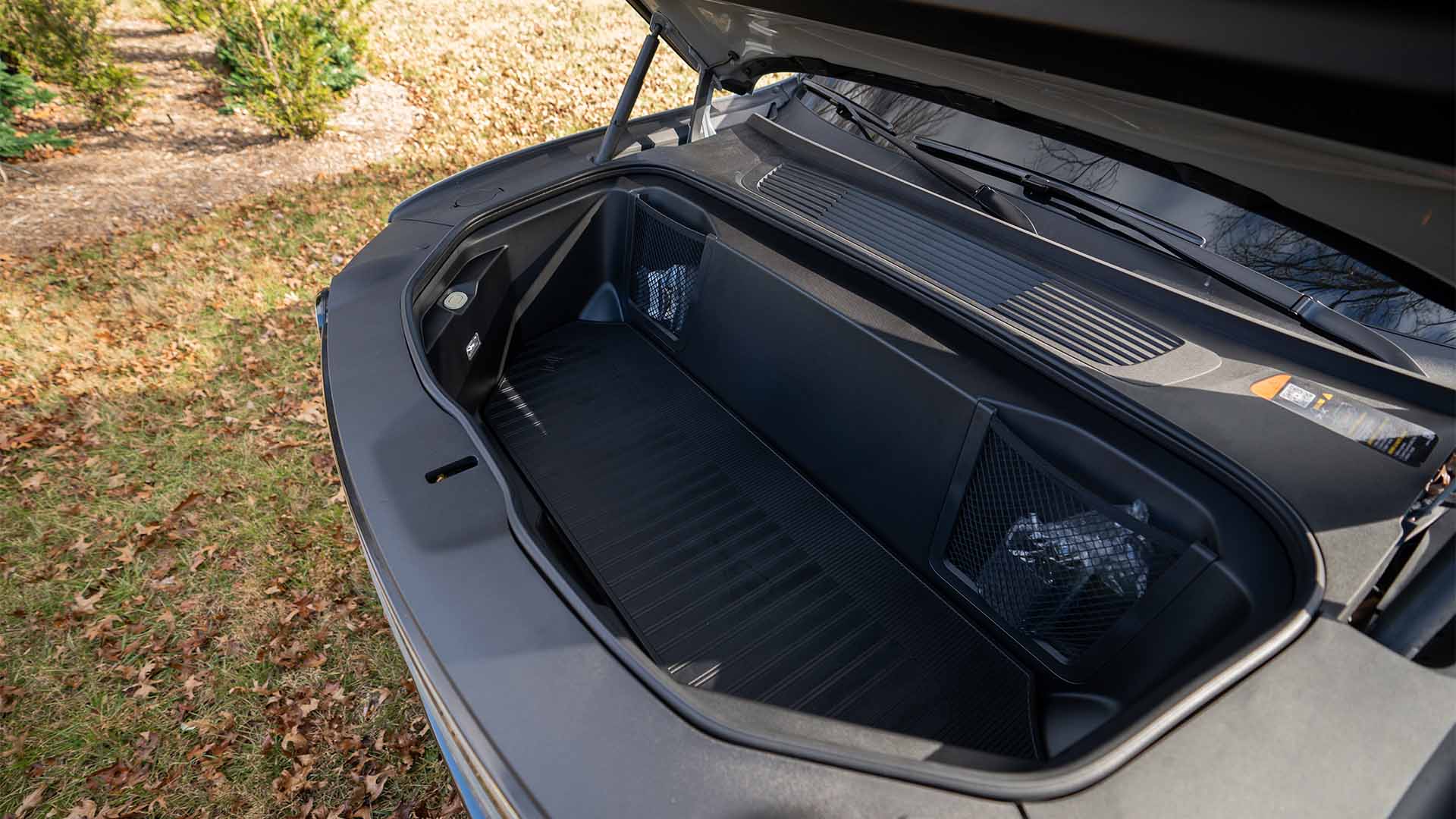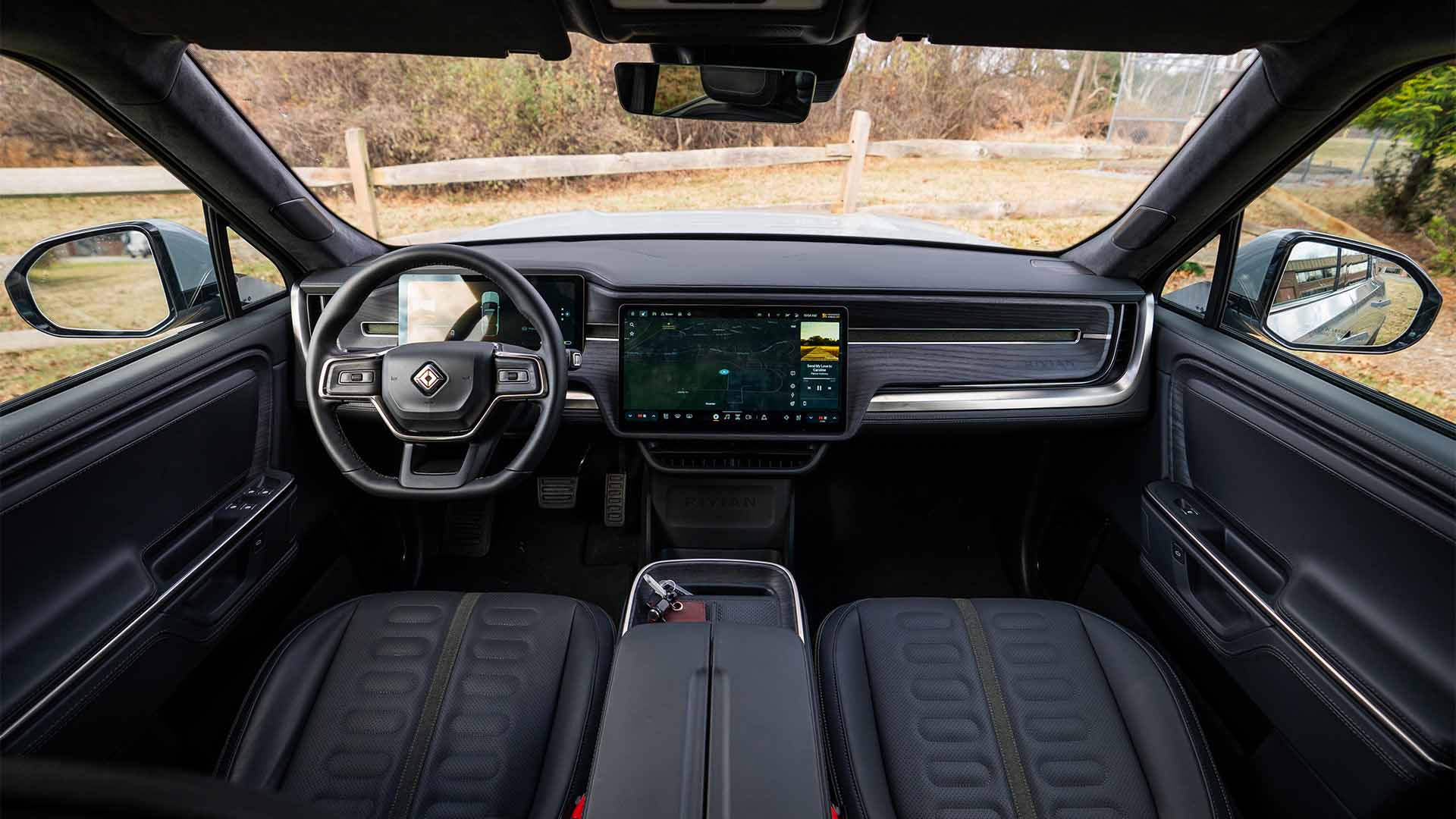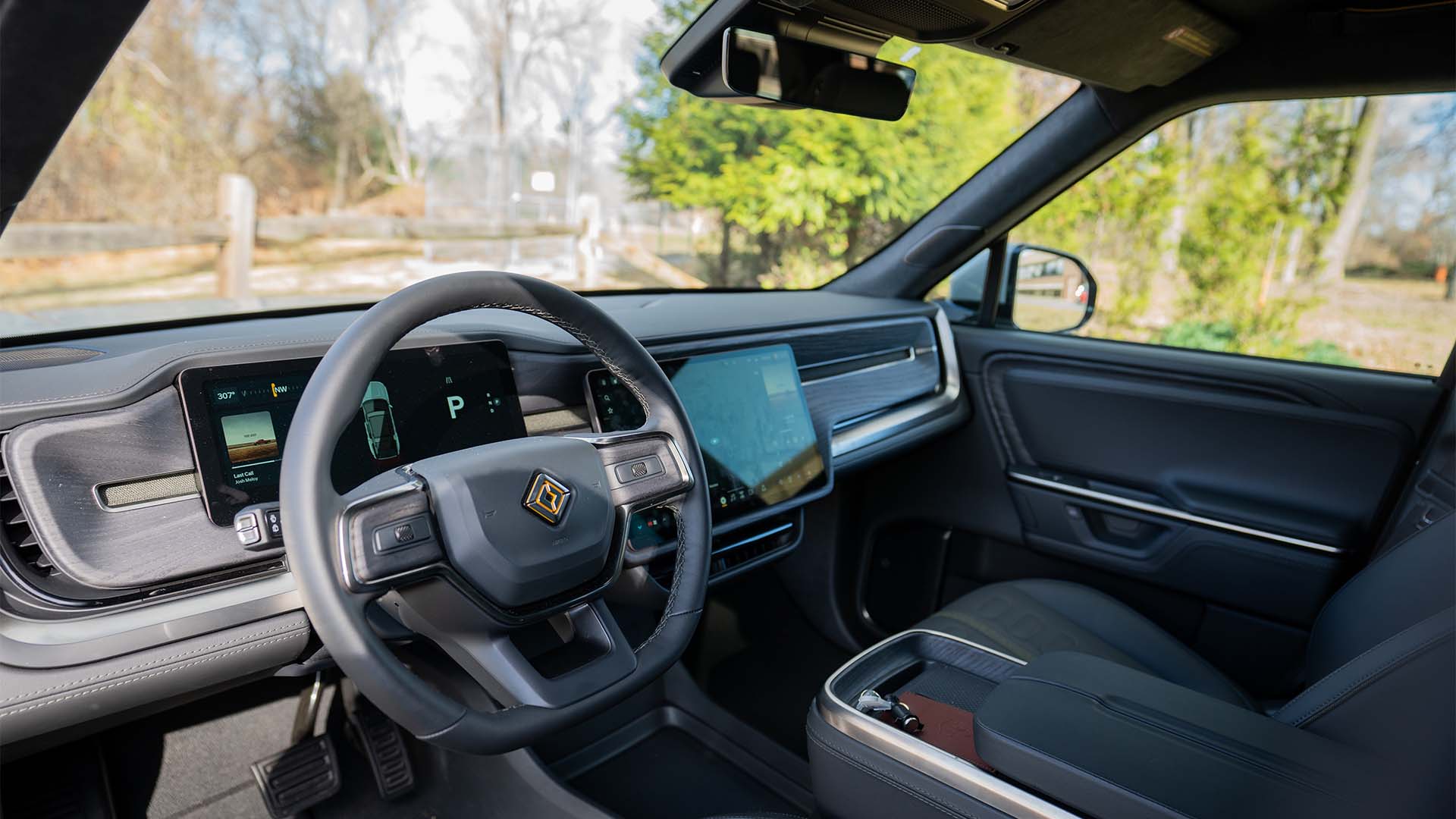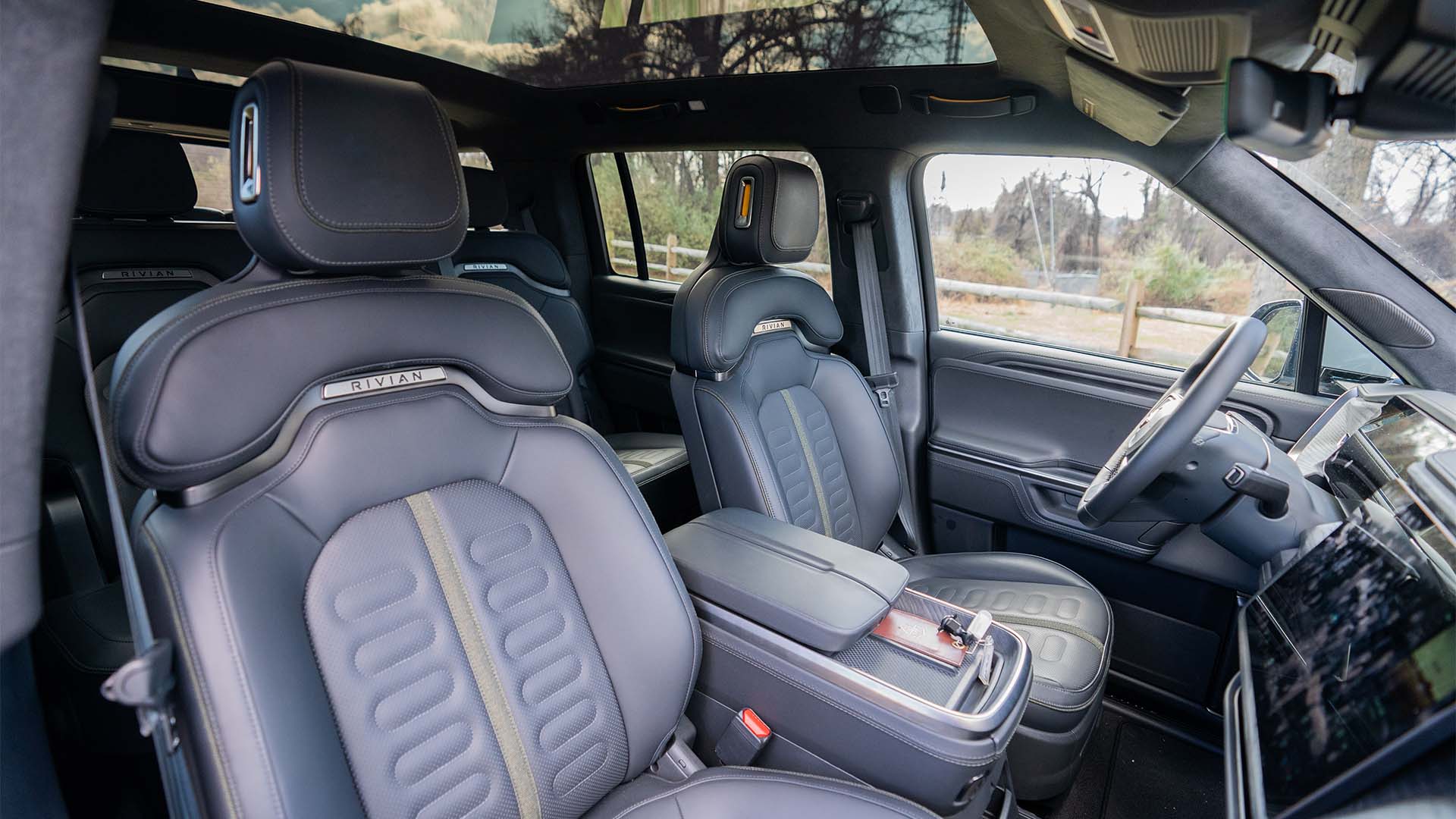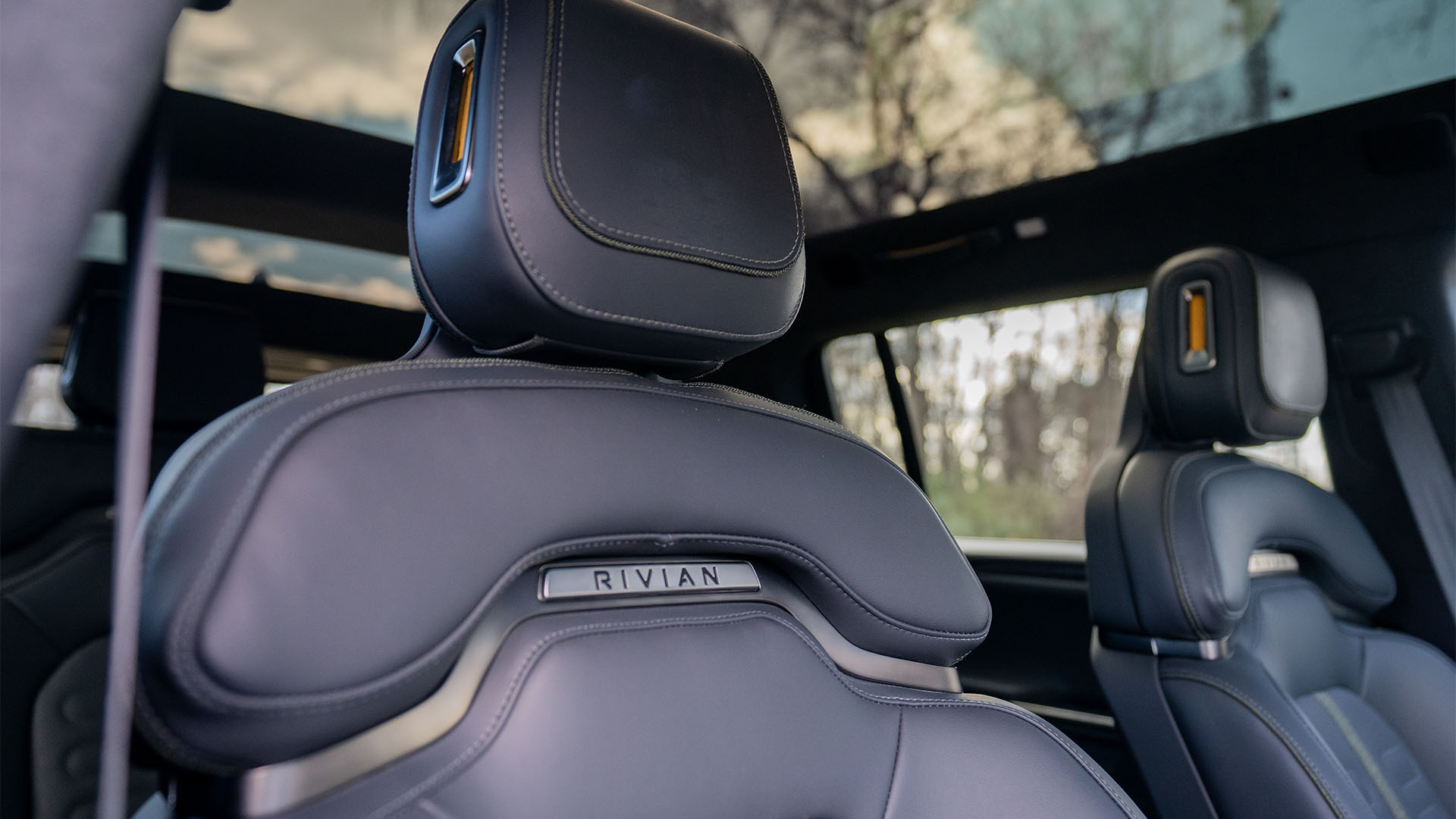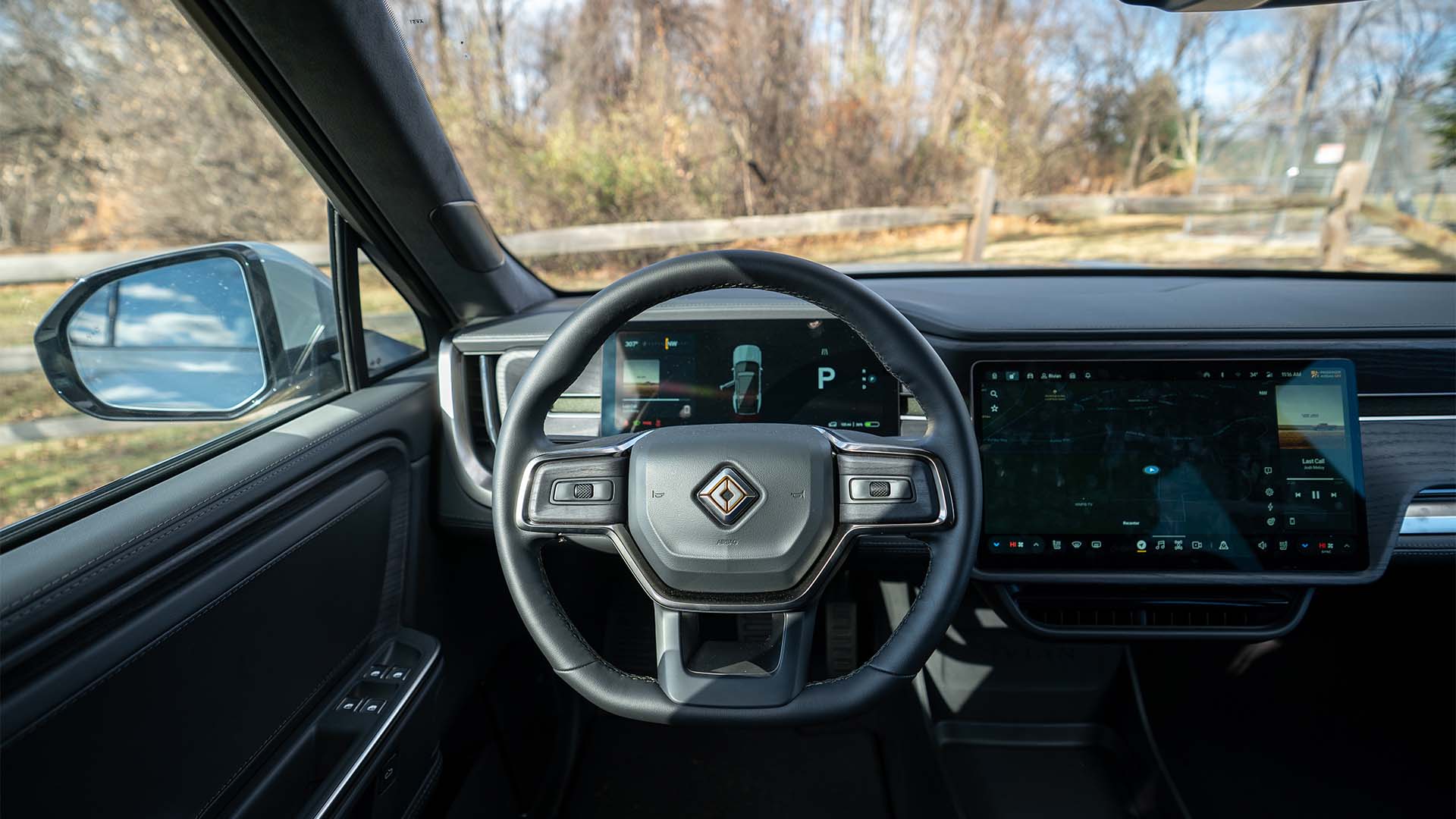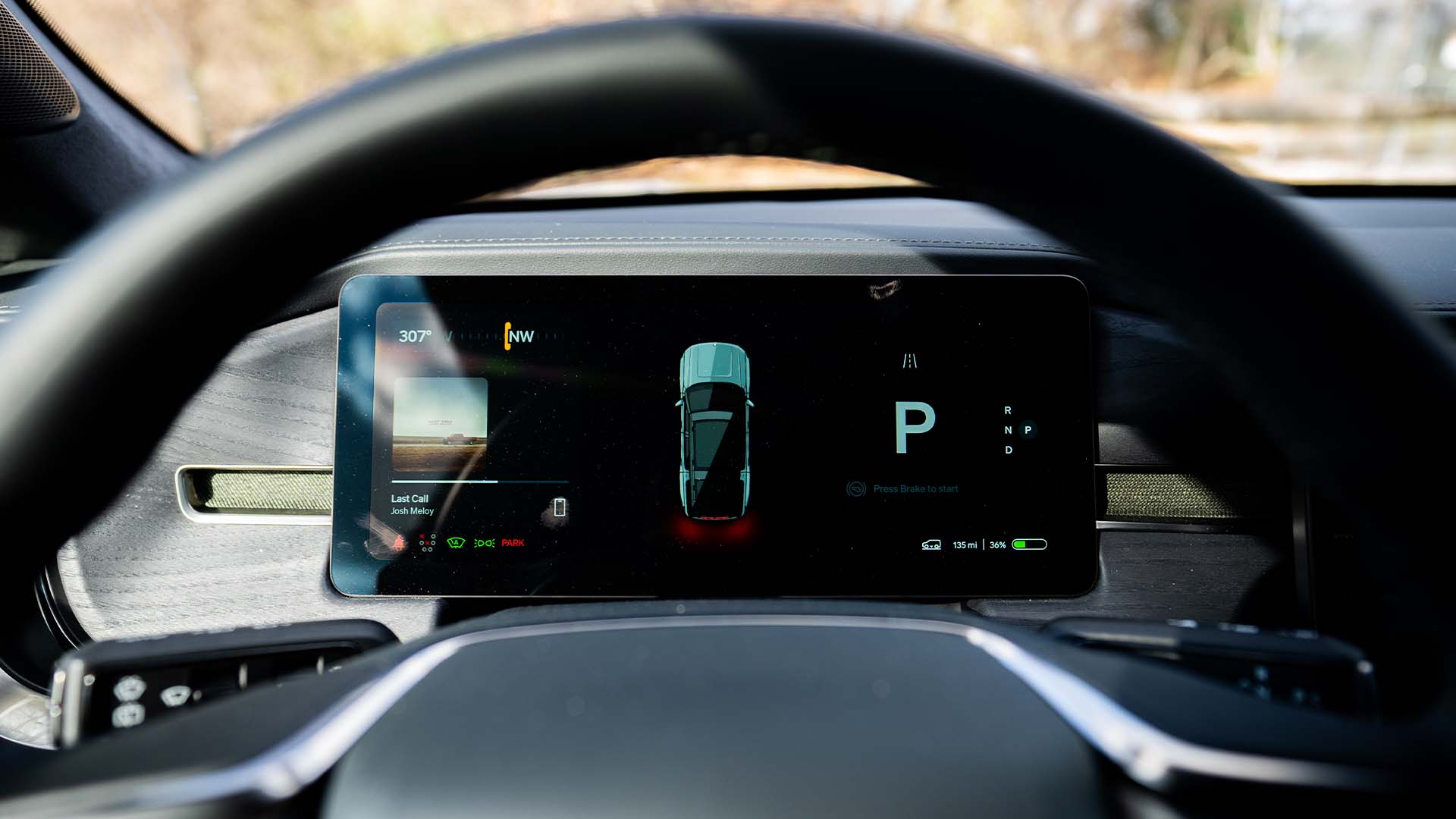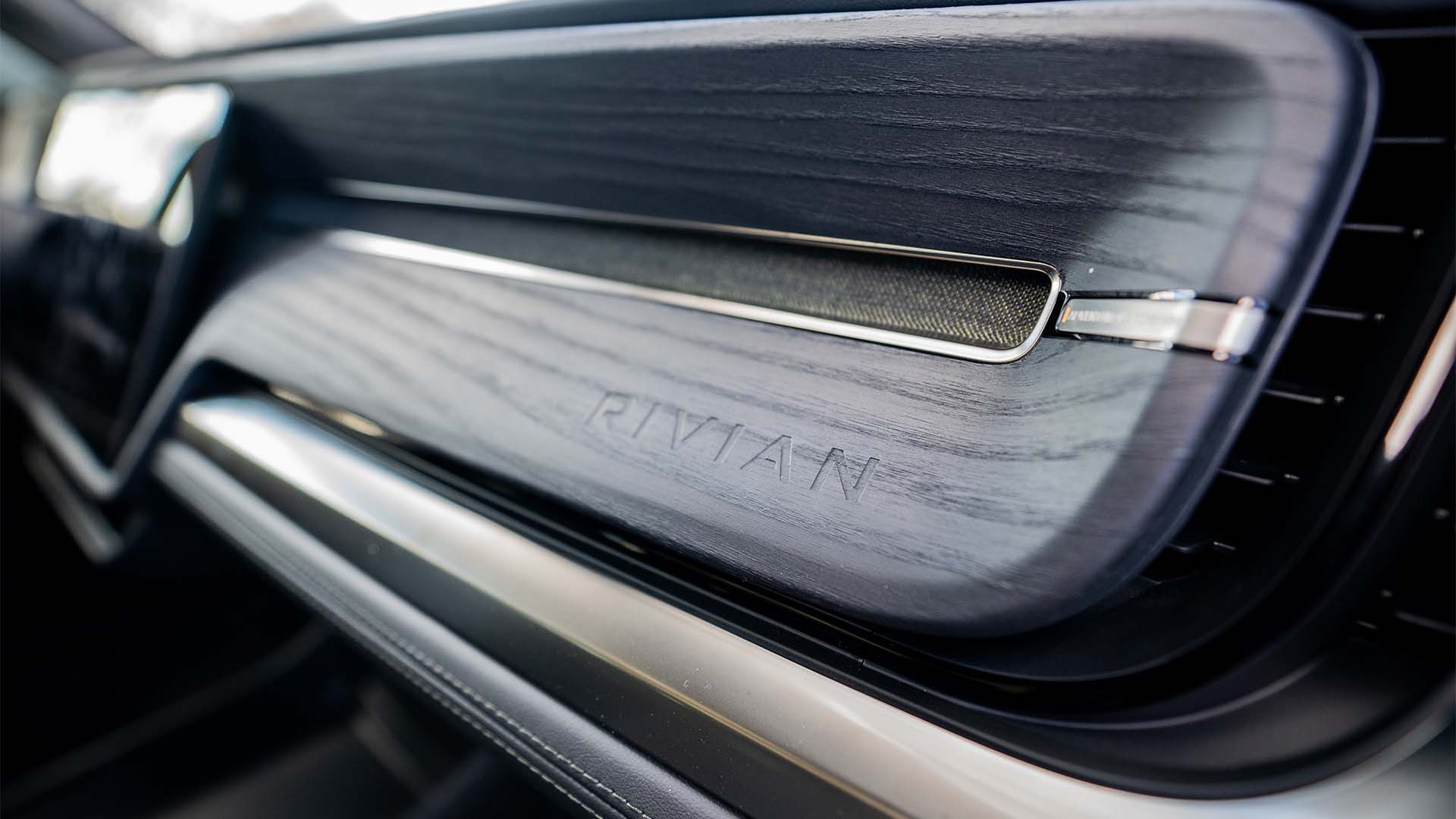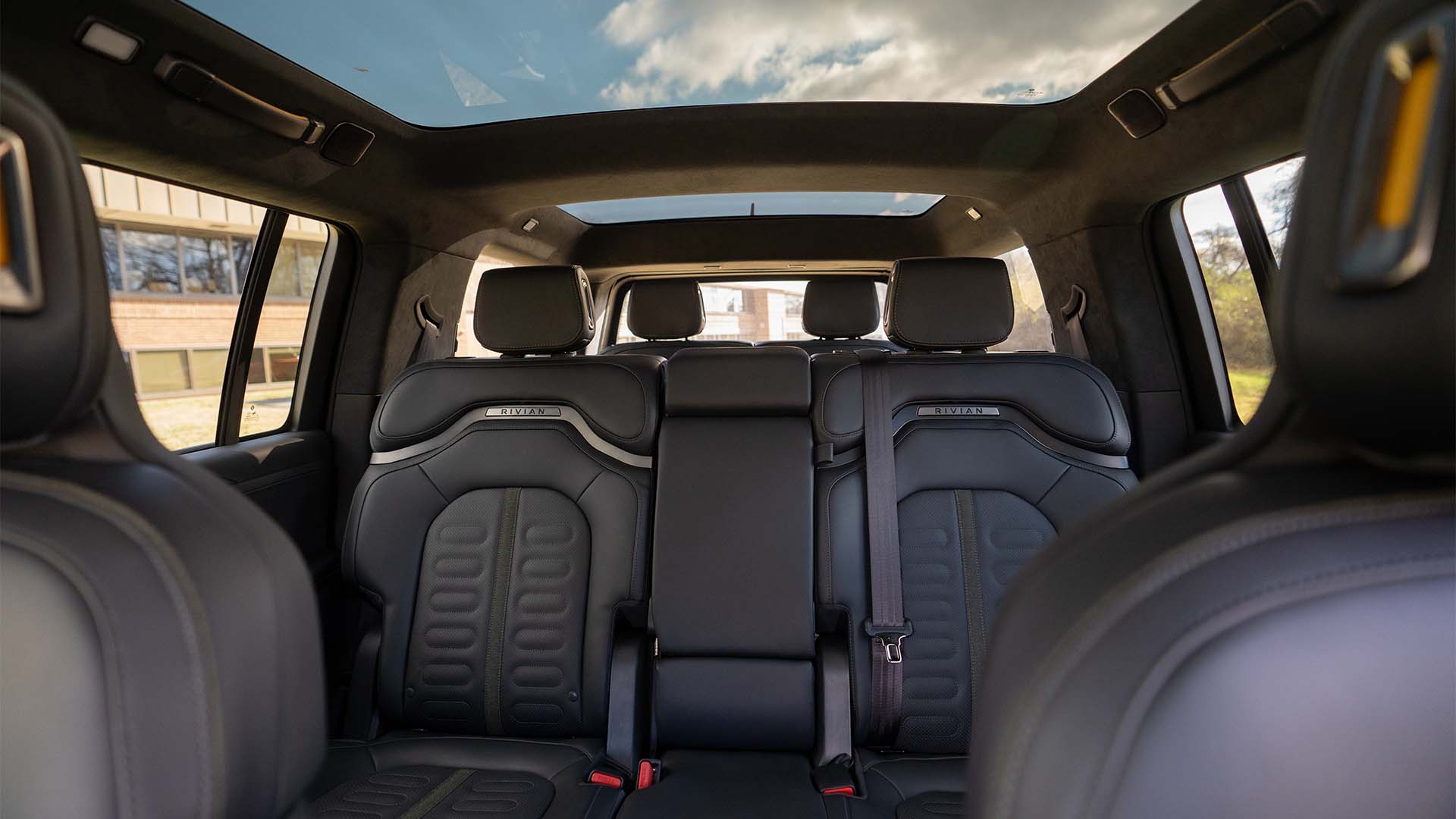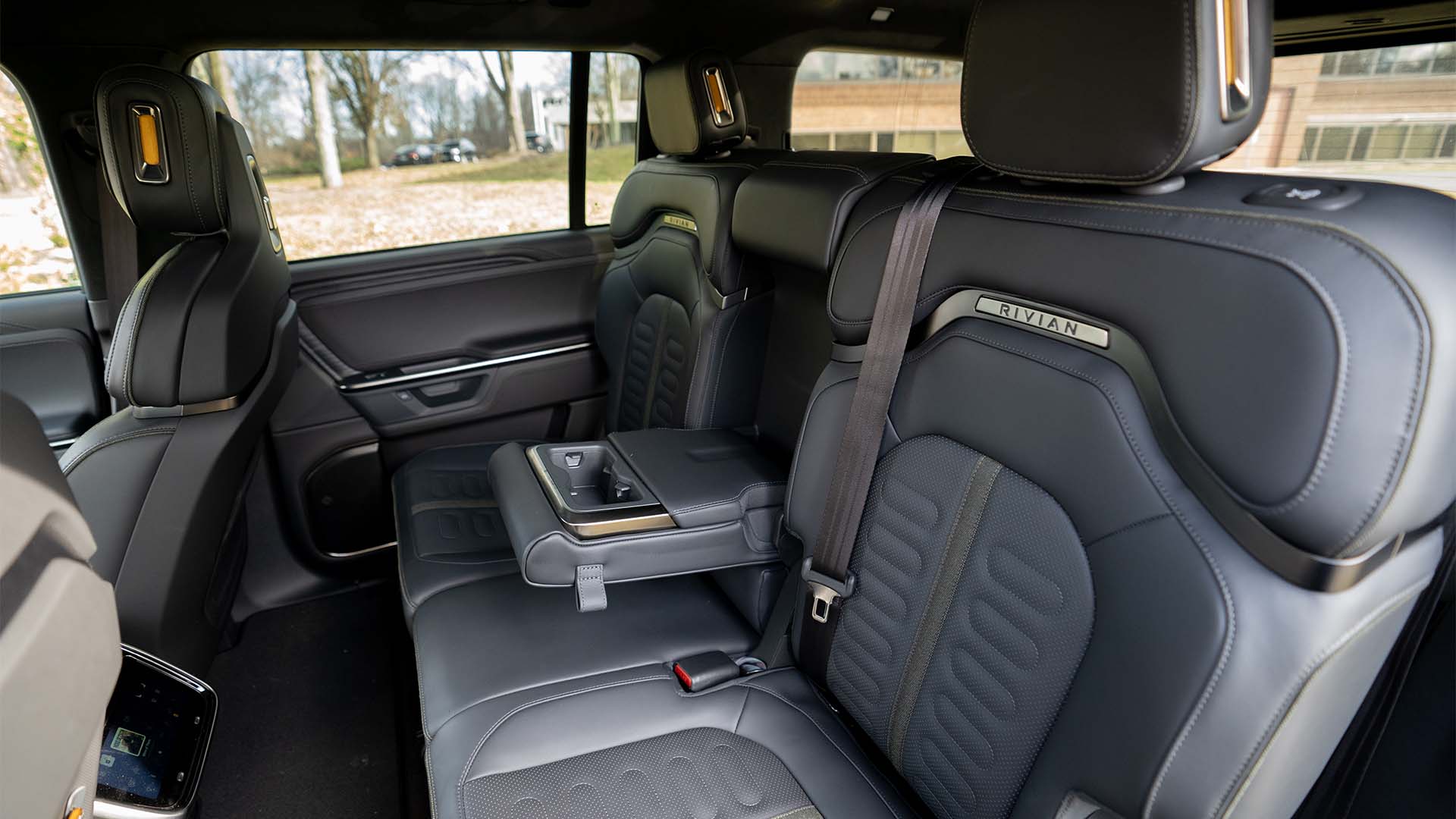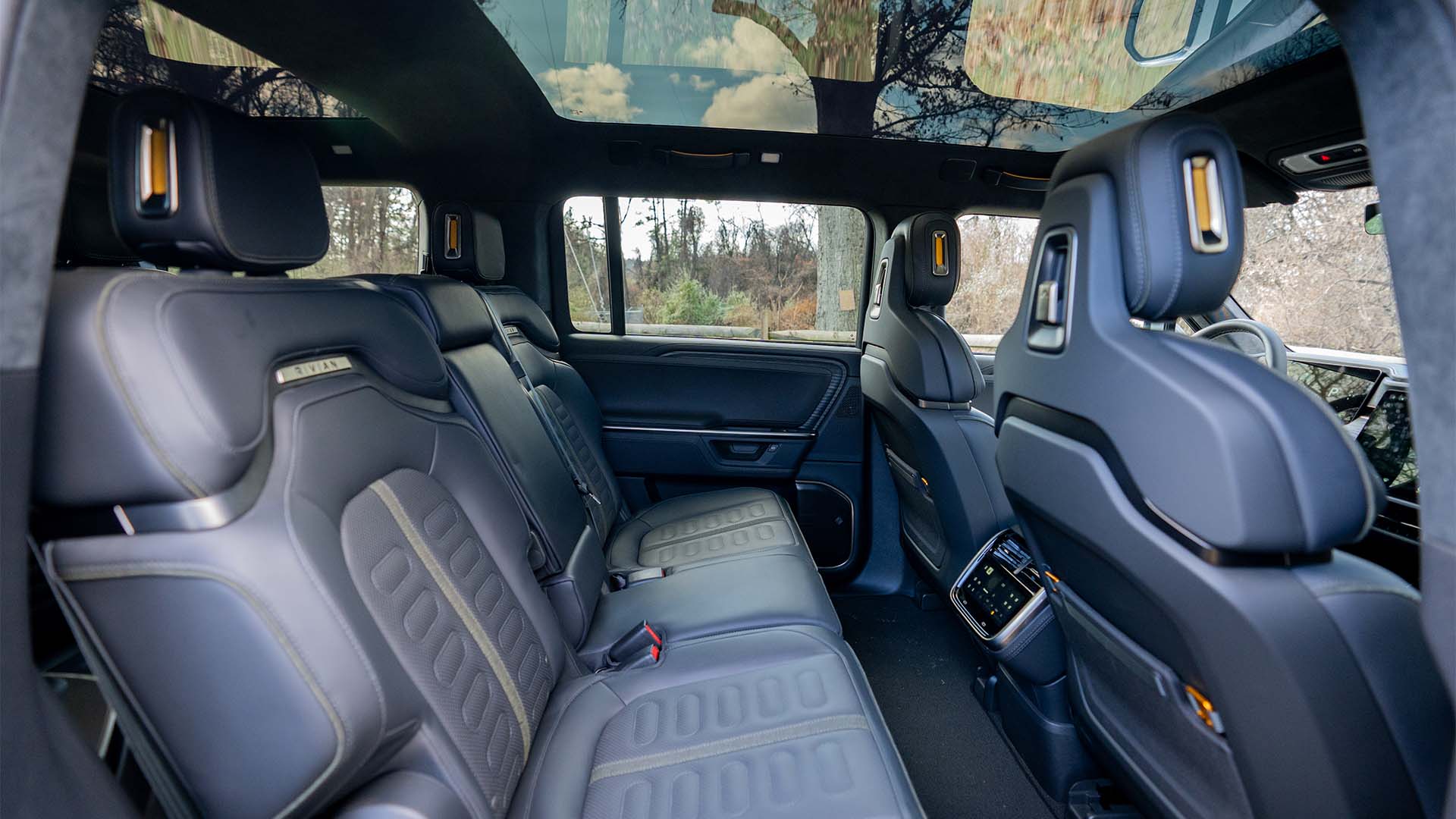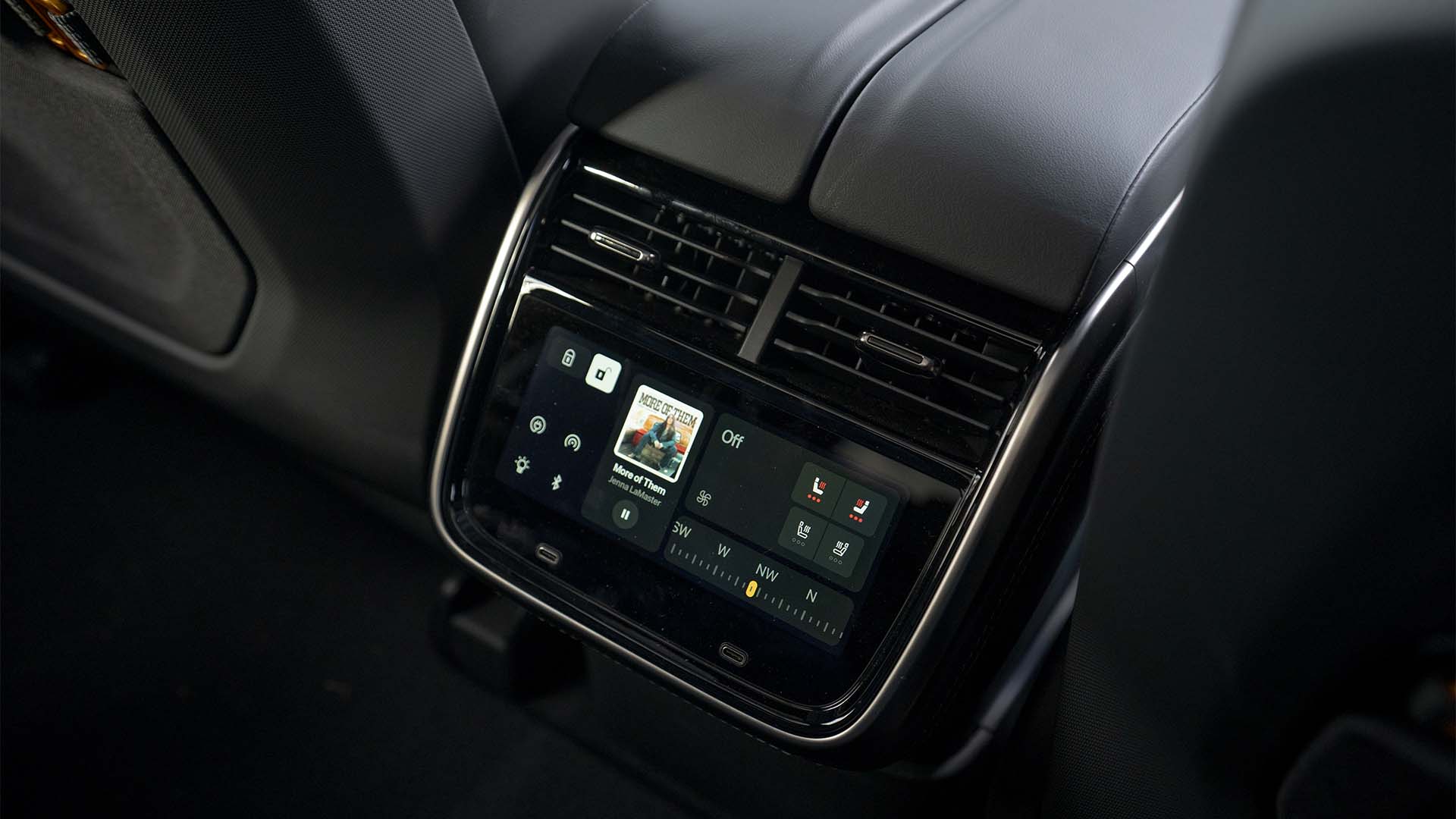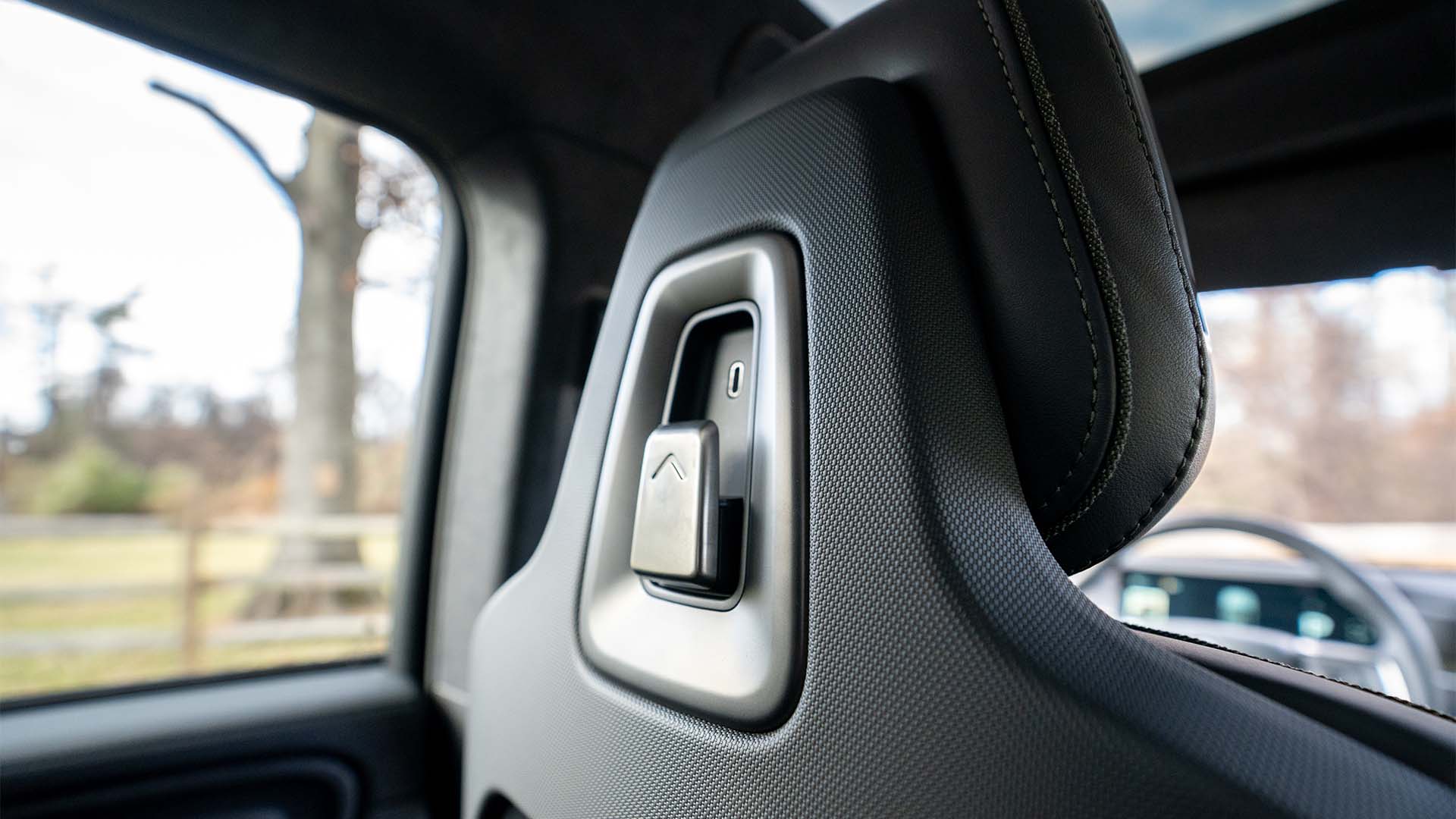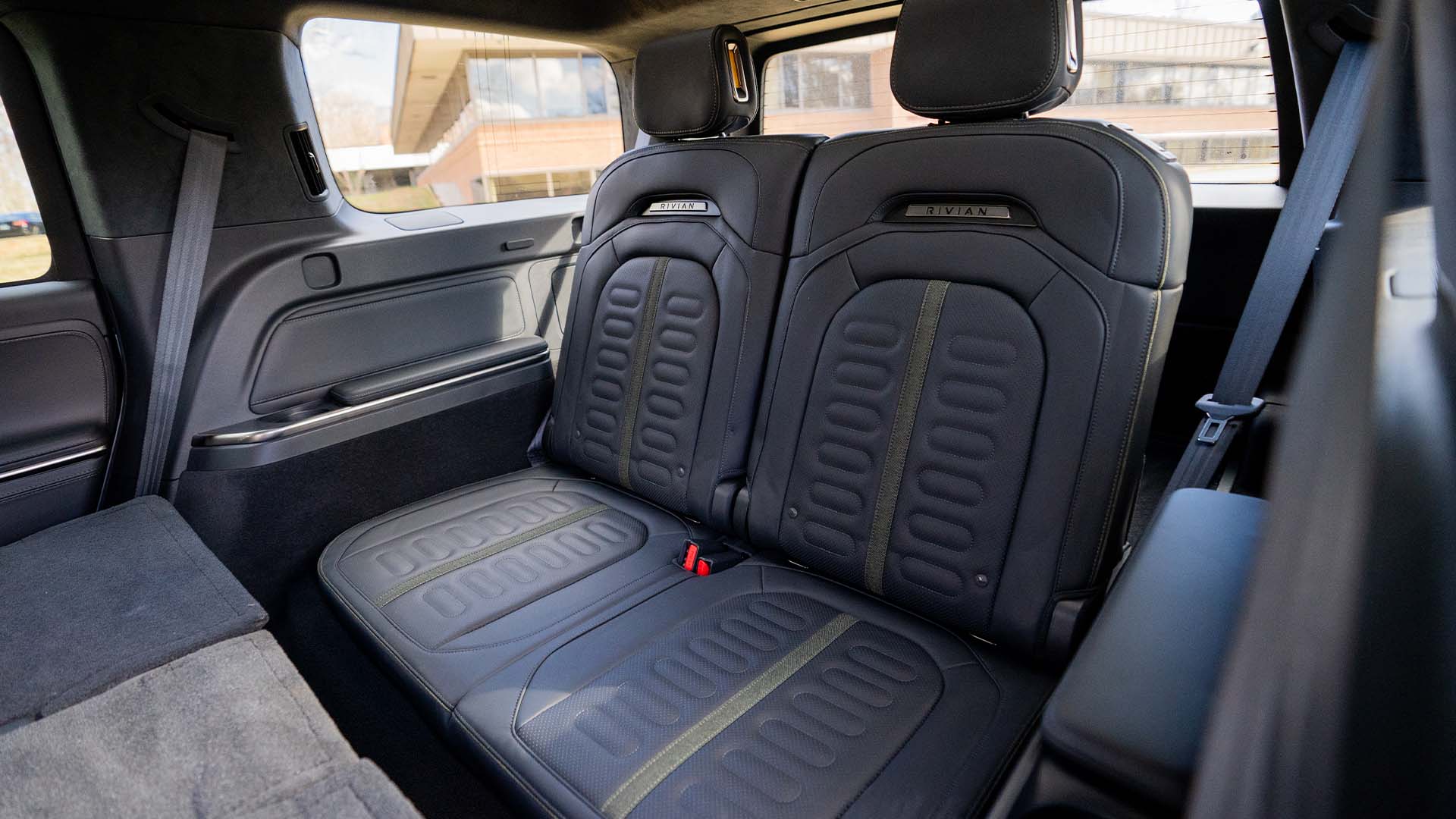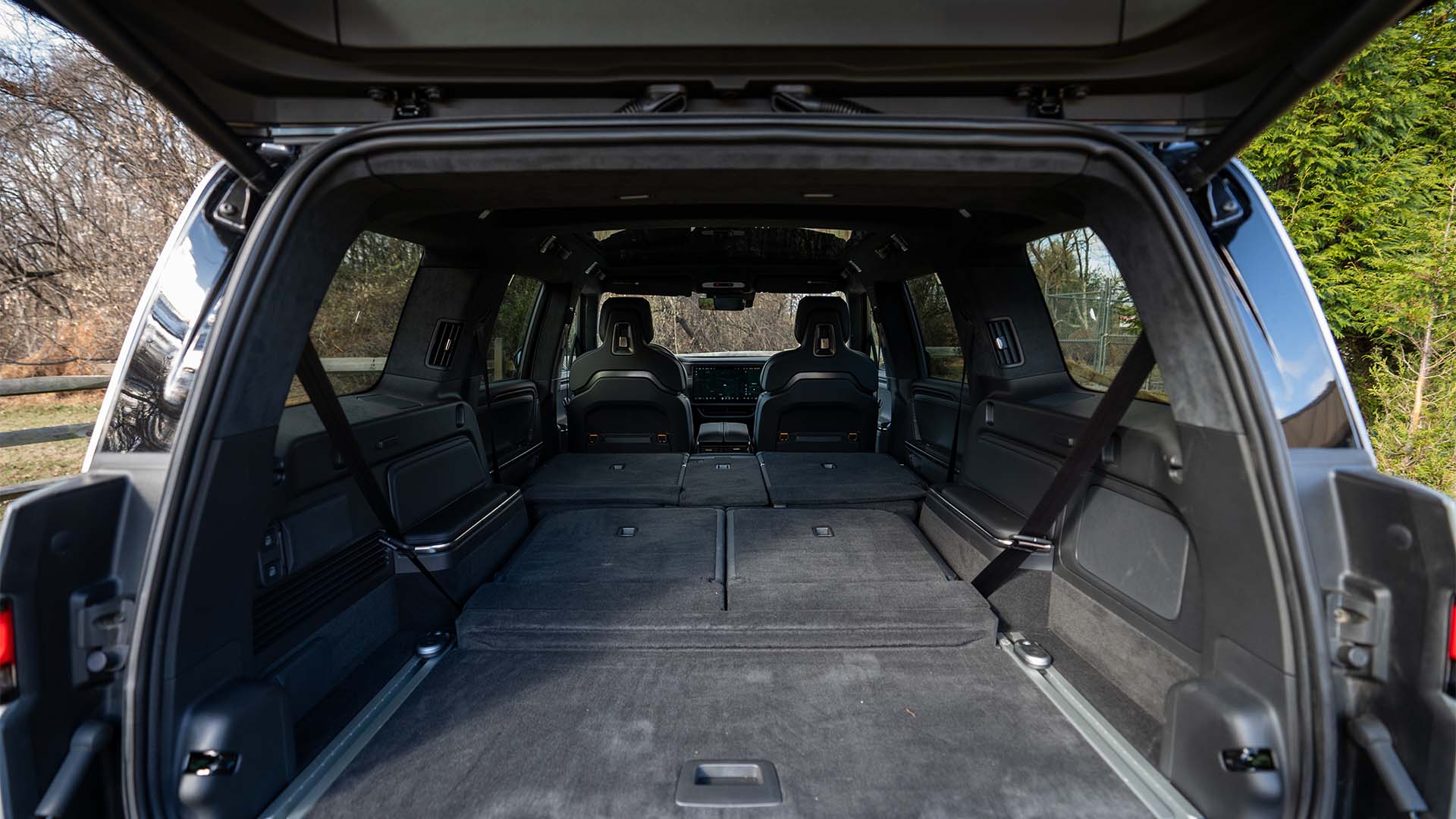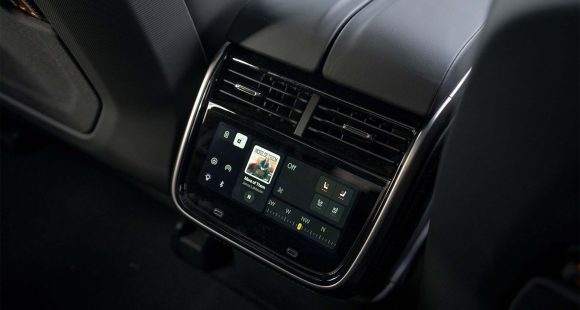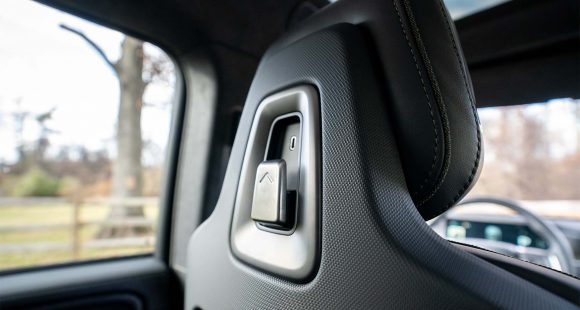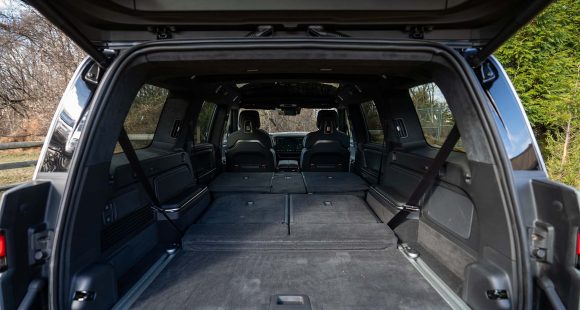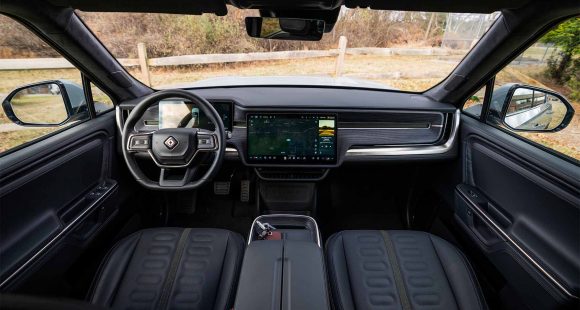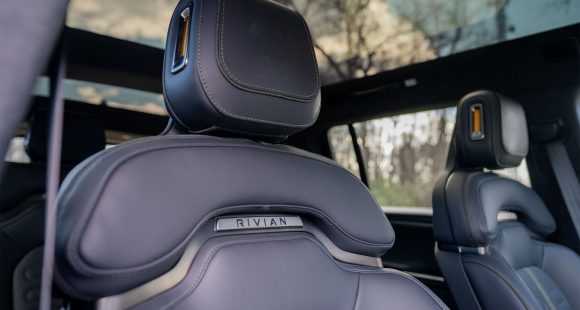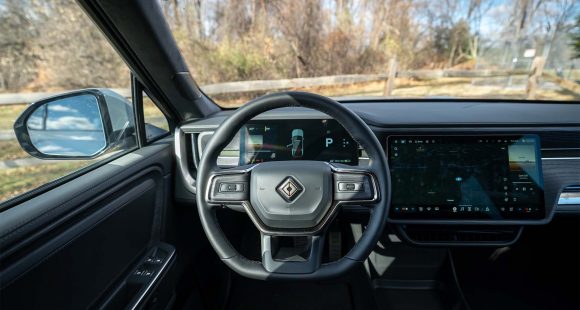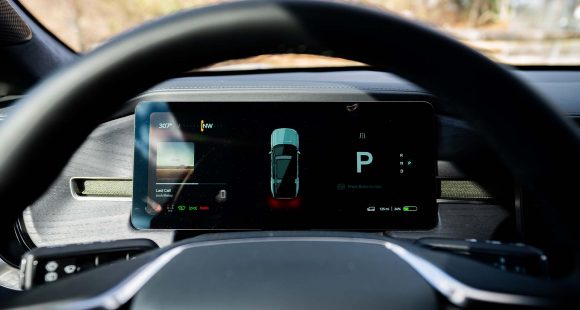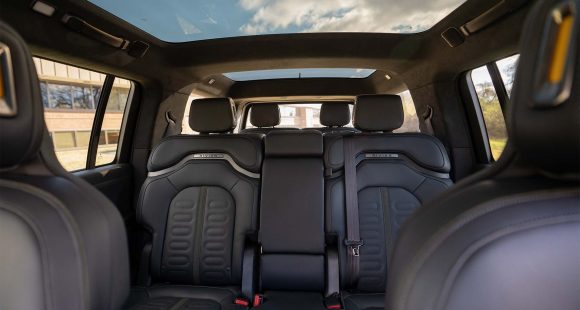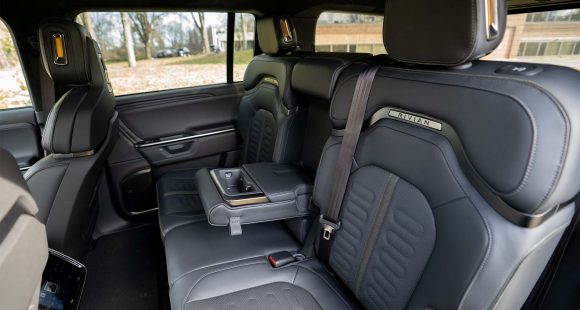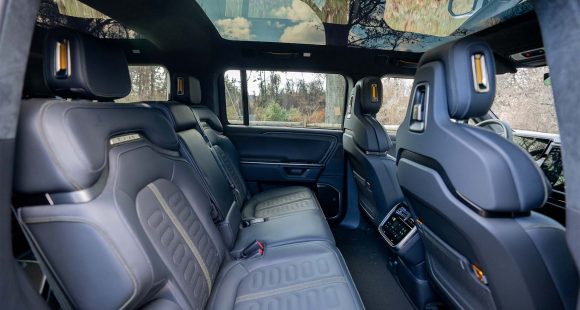2013 Cadillac XTS
Cadillac has made steady progress in transforming itself from a premium domestic brand to a global luxury car player. The sporty CTS and the SRX crossover can hold their own against all comers. But, now it’s time for Caddy to play with the big boys - the large luxury sedans that define truly great brands. In Cadillac’s corner, it’s the all new XTS. So, let the games begin.
The 2013 Cadillac XTS has a lot on its plate. It will carry the torch against leading-edge large luxury sedans like the Mercedes-Benz E-Class, Lexus GS, and Audi A6. But, it must also appeal to customers of the two cars it will replace, the full-size DTS and mid-size STS. That’s also probably why the XTS’s overall length of 202 inches is shorter than the DTS and longer than the STS. But, even as an in-betweener, it’s still longer than global rivals. Targeting V6 competitors, the XTS comes amply equipped with the CTS’s direct injection, 3.6-liter V6, though it puts out slightly less power here at 304-horsepower and 264 pound feet of torque. Like the GS the XTS connects with a 6-speed automatic transmission. The E-Class has 7-speeds and the A6 sports 8. But despite fewer gears, Government Fuel Economy Ratings are very respectable at 17-City and 28-Highway. And, unlike competitors, the XTS gets by fine on Regular gas.
Although oriented as a pure luxury car, that doesn’t mean the XTS rides like a floaty luxo-boat. Magnetic Ride Control with rear air springs is standard. Combined with the dual-path HiPer Strut front suspension, ride can be as firm or as soft as you want it to be. Plus, the optional Haldex all-wheel drive system with limited slip differential varies torque at each rear wheel for a further handling boost. However, the front or all-wheel-drive XTS is not a car that you can really push through the corners, but it is one that does feel smooth, comfortable, and very solid when driven at a spirited pace.
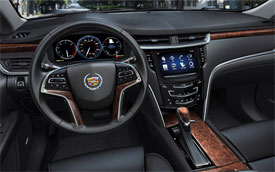 To us, the high point of the XTS is the interior with a level of comfort and high-tech features that will surprise even the most ardent skeptics. Looking both elegant and futuristic, the multi-dimensional layout features attractive wood trim and plenty of tightly wrapped cowhide with exposed stitching. The XTS is also the launch vehicle for Cadillac’s new CUE interface. The Cadillac User Experience consists of an 8-inch center screen with the same captive touch technology used on tablets and smart phones, with the most natural voice recognition system we’ve yet tried. And speaking of tablets, all XTS’s will come with an iPad preloaded with a CUE app to help owners learn how to use it with minimum distraction.
To us, the high point of the XTS is the interior with a level of comfort and high-tech features that will surprise even the most ardent skeptics. Looking both elegant and futuristic, the multi-dimensional layout features attractive wood trim and plenty of tightly wrapped cowhide with exposed stitching. The XTS is also the launch vehicle for Cadillac’s new CUE interface. The Cadillac User Experience consists of an 8-inch center screen with the same captive touch technology used on tablets and smart phones, with the most natural voice recognition system we’ve yet tried. And speaking of tablets, all XTS’s will come with an iPad preloaded with a CUE app to help owners learn how to use it with minimum distraction.
The gauge cluster appears on a 12-inch screen of its own. There are multiple configurations, but if you find it distracting, the available Head-Up Display gives you plenty of info while letting you keep your eyes totally on the road. An 8-speaker Bose system with HD radio is standard, but you can upgrade to a full Studio Surround sound system with 14-speakers. Keeping up on the technology front, a whole raft of safety features are available, including the usual blind spot and lane departure warnings, but also automatic front and rear braking and a Safety Alert Seat that will vibrate to alert the driver of potential problems. When not vibrating, the front seats are incredibly comfortable, as you would expect in a Cadillac, and are covered in varying grades of leather, depending upon which trim level you choose. And not only can you fit 3 full-size adults in the back, all their luggage as well as the XTS’s trunk will swallow an enormous 18-cubic-feet of belongings with ease. And, in order to ease fueling, Cadillac has also added a capless fuel filler.
Though there are some remaining art and science sharp lines, the XTS has a much softer overall look than the CTS. The latest evolution is more polished, more mature, less intent on making a statement, and more focused on just being confidently luxurious. A large multi-dimensional grille is the centerpiece of a wide front end that includes standard HID headlights with adaptive lighting available.19-inch wheels are standard as well, 20’s optional and they underline a profile that is very smooth looking, if a bit chunky. There’s less departure from tradition in back, as tail fin tail lights and a large wreath and crest are proudly displayed. Dual exhaust cutouts are trimmed in chrome.
 When it comes time to visit your local Cadillac dealership, you’ll need to bring at least $44,995 for a Standard front-wheel-drive XTS, of which we doubt many will be sold. Most buyers will opt for either the Luxury or Premium Collection, while some will go all out and pony up $59,080 for the Platinum Collection XTS. So, how do we think the XTS will fair on the world stage? If you are a died-in-wool Mercedes-Benz or Audi leasee, we doubt that the 2013 Cadillac XTS will draw you stateside. But, if brand loyalty is less your style, and you’re seeking a distinctive large luxury ride with able performance and a knock-out interior, not to mention tech-savy electronics, then the XTS should exceed your needs. Like the CTS, SRX, and upcoming ATS, the XTS is another layer in building a world class foundation for Cadillac.
When it comes time to visit your local Cadillac dealership, you’ll need to bring at least $44,995 for a Standard front-wheel-drive XTS, of which we doubt many will be sold. Most buyers will opt for either the Luxury or Premium Collection, while some will go all out and pony up $59,080 for the Platinum Collection XTS. So, how do we think the XTS will fair on the world stage? If you are a died-in-wool Mercedes-Benz or Audi leasee, we doubt that the 2013 Cadillac XTS will draw you stateside. But, if brand loyalty is less your style, and you’re seeking a distinctive large luxury ride with able performance and a knock-out interior, not to mention tech-savy electronics, then the XTS should exceed your needs. Like the CTS, SRX, and upcoming ATS, the XTS is another layer in building a world class foundation for Cadillac.
Specifications
- Engine: 3.6-liter V6
- Horsepower: 304
- Torque: 264 lb-ft.
- EPA: 17 mpg city/ 28 mpg highway
2025 Rivian R1S
Major Reboot for Rivian R1S
With just about every mainstream carmaker now onboard with battery-electric vehicles, EV-only brands are hoping there are still plenty of people out there willing to think outside the box. So, let’s see if Rivians latest R1S utility can make the case for taking the EV road less traveled.
Big changes have happened in the short time since the Rivian R1S first hit the streets three years ago. As for 2025, there are updates that touch just about every aspect of the vehicle. Yes, despite looking almost exactly the same outside, Rivian claims that beneath the surface, their entire electrical architecture has been significantly updated, eliminating a whopping mile and a half of wiring and 10 computer assemblies, allowing for more efficient operation.
But look closely and you will see their signature vertical oval headlights are updated with a new matrix of LED lights that can cycle individual elements on and off to provide maximum illumination where you need it without distracting oncoming drivers.
Not much change in the look of the interior either, but the synthetic leather upholstery is still very nicely done, though most touchpoints feel more rugged than luxury minded. With the exception of a couple controls on the steering wheel, you do still have to do almost everything on the R1S’s 15.6-inch touchscreen, but the user interface has been improved. So, while we do wish they could have reverse-engineered a knob or two into the mix, we realize full touchscreen interface is just what people expect in their high-end EVs these days, and at least it works better than before. And the gauge display still wows you with the amount of information it displays and is mounted high enough that no additional head-up display is needed. A new Rivian Autonomy Platform uses 11 cameras, five radars and A.I. for self-driving, or just to monitor what’s going on around the vehicle even when it’s parked.
This [EV] really feels fast, sitting you up high and throwing you back in your seat with authority.
Rivian has also given the R1S a substantial suspension revision with new spring rates, bushings, and mounts; along with new tuning for the adaptive dampers and roll-mitigation system. It does provide a more balanced street attitude, but it still rides like a truck. That’s great if that’s the experience you’re looking for; not as ideal if you’re looking for more of the smooth luxury-style treatment.
All R1Ss are all-wheel drive, but there’s a wide variety of powertrain options including a new Tri-Motor setup. Outputs range from the standard Dual-Motor’s 533 horsepower to the Quad-Motor’s impressive 1,025. There are several battery packs as well, delivering as much as 410 miles of range, giving the R1S the highest rating of any SUV on the market right now. Our Adventure trimmed tester featured the 665-horsepower Performance version of the Dual-Motor arrangement, with the Max battery and 20-inch wheels with all-terrain tires.
Theoretically, that setup is rated for 370 miles, but perhaps we were enjoying the “performance” theme too much as our results were well short of that, using 68% of the battery to drive only 189 miles, putting our estimated range around 278 miles. Using 43 kilowatts of electricity for every 100 miles earns the R1S a fair efficiency rating.
But all was forgiven at our Mason Dixon test track when this Rivian started blasting us to 60 in 3.8 seconds. Yes, there are faster EVs, but this one really feels fast, sitting you up high and throwing you back in your seat with authority, while the rear of the truck squats down substantially before hurling you off the line and down the track. Power delivery stayed strong the entire time, cranking away until we cleared the quarter-mile in 10.5 seconds at 108 mph.
Despite this utility’s substantial size and weight, we were able to keep a pretty fast pace through the cones of our handling course. The all-terrain tires obviously didn’t grip the pavement as well as all-seasons would, but the low center of gravity kept things very flat. Yes, it does feel very heavy, but the brakes were more than up to the task, stopping us from 60 mph in a very short 103 feet with surprisingly little nosedive and no fade.
Pricing starts at $77,700 for the Dual-Motor with Standard battery pack; our Dual-Motor Performance with the Max battery and All-Terrain Package came in just over $102,000.
While Rivian has had great initial success; sustaining that success will be a much tougher task. But, if they continue to put as much effort into improving their products as they have here with the 2025 R1S, we think their winning streak will only accelerate.
Specifications
As Tested
- Motor Setup: Dual Motor
- Battery Size: 141.5 kWh
- Horsepower: 665
- Torque: 829 lb-ft
- EPA Range: 370 miles
- 0-60 mph: 3.8 seconds
- 1/4 Mile: 10.5 seconds at 108 mph
- Braking, 60-0 (avg): 103 feet
- MW Test Loop: ~278 miles




